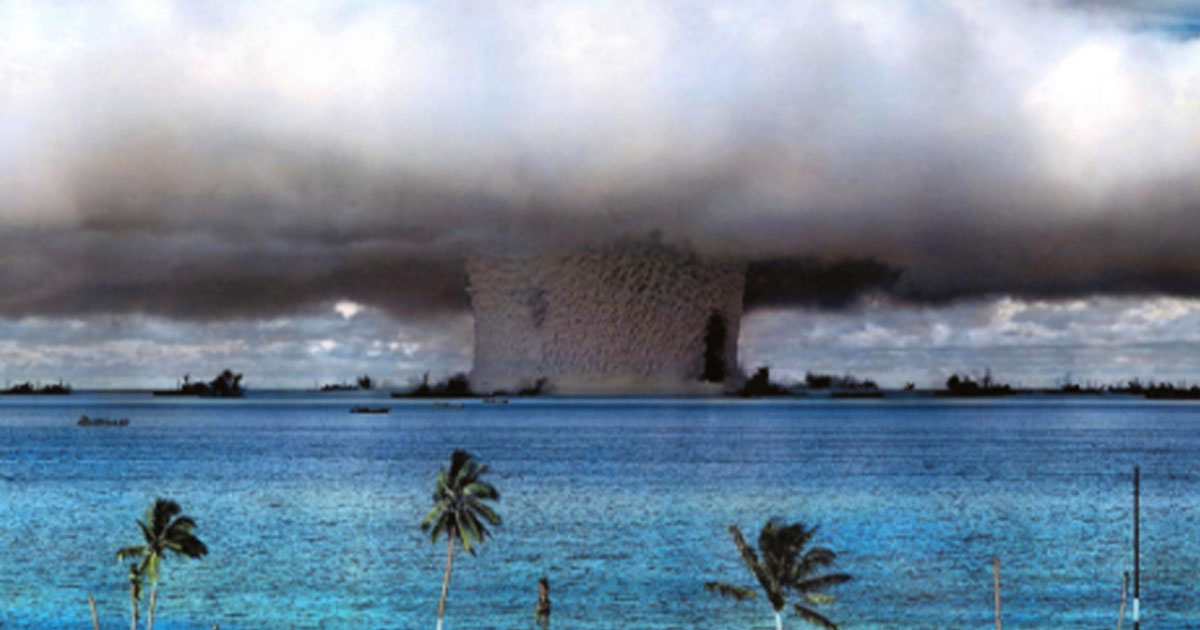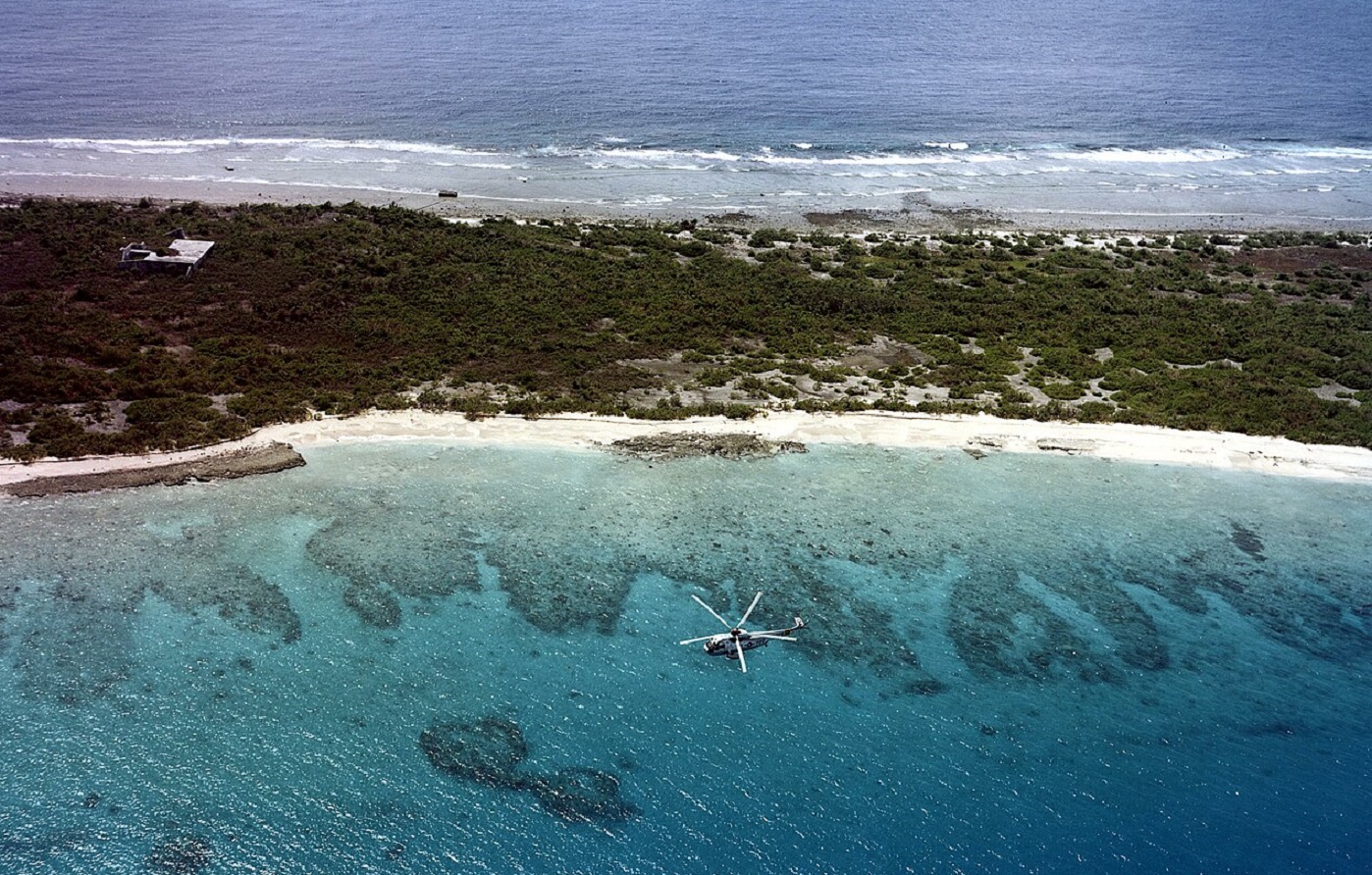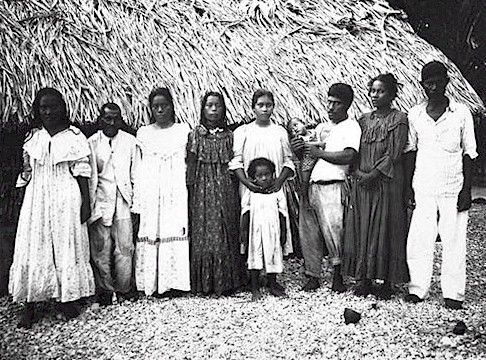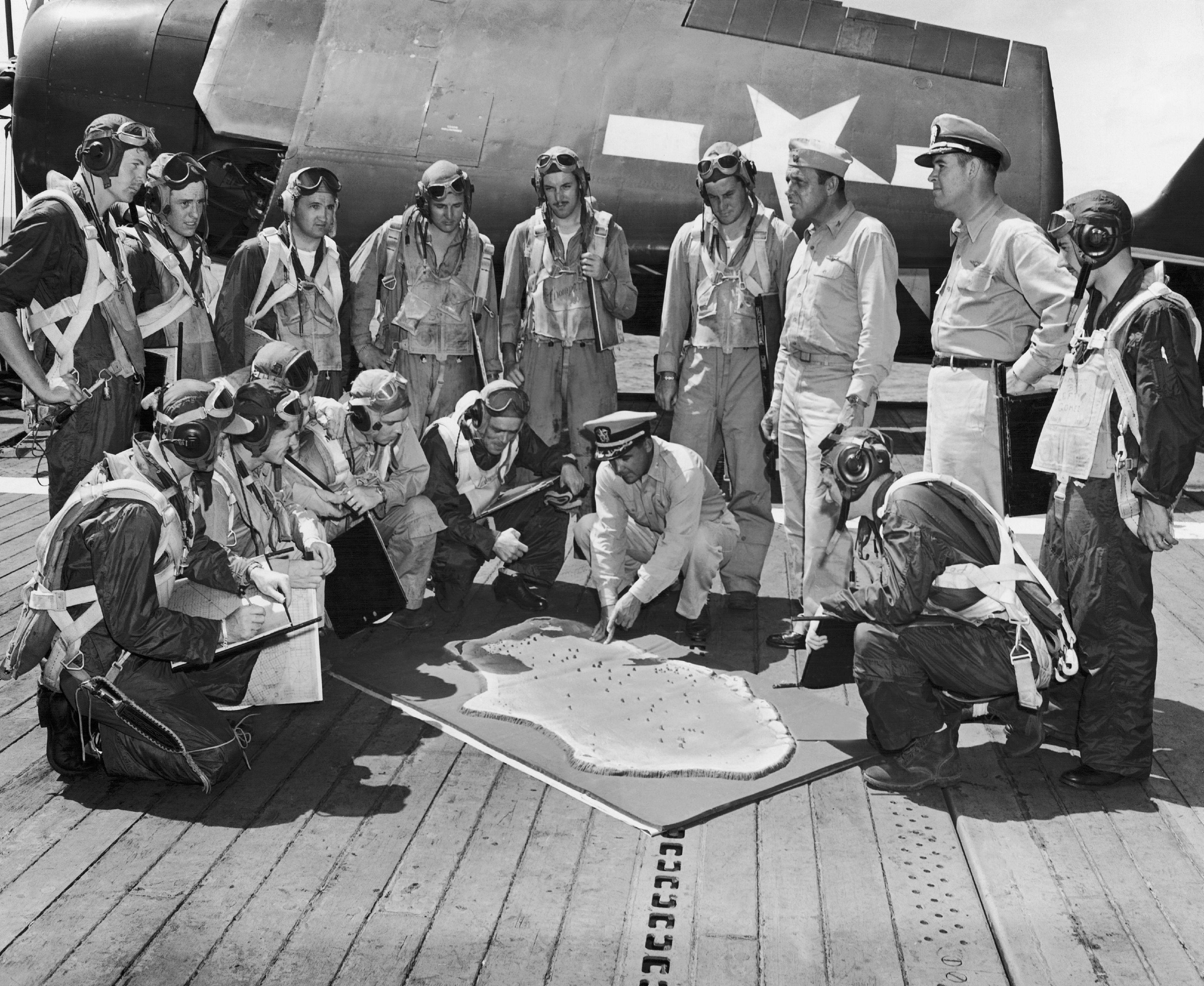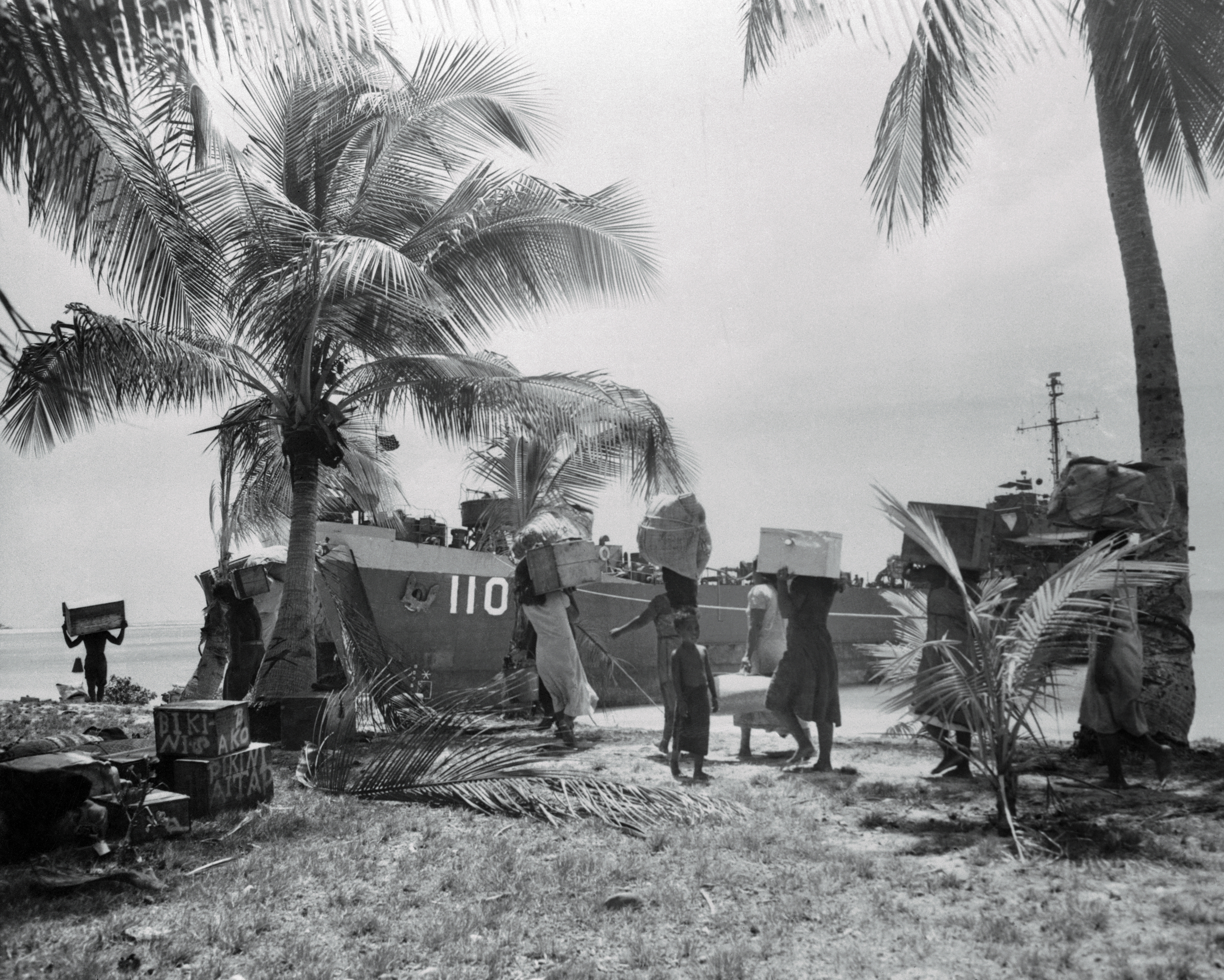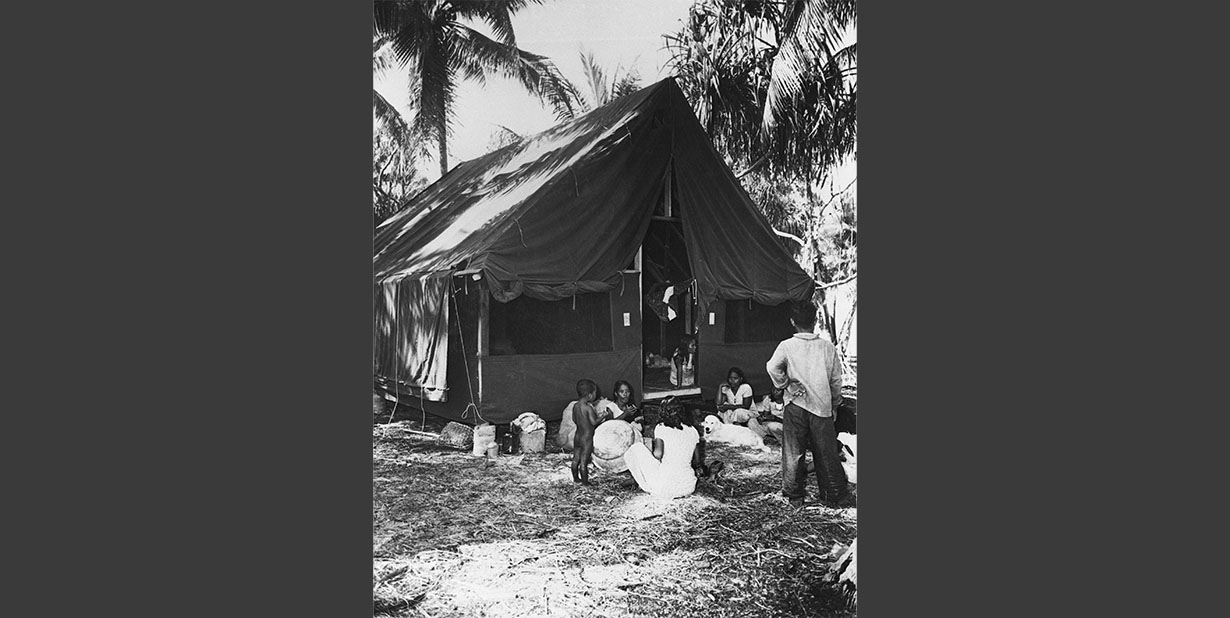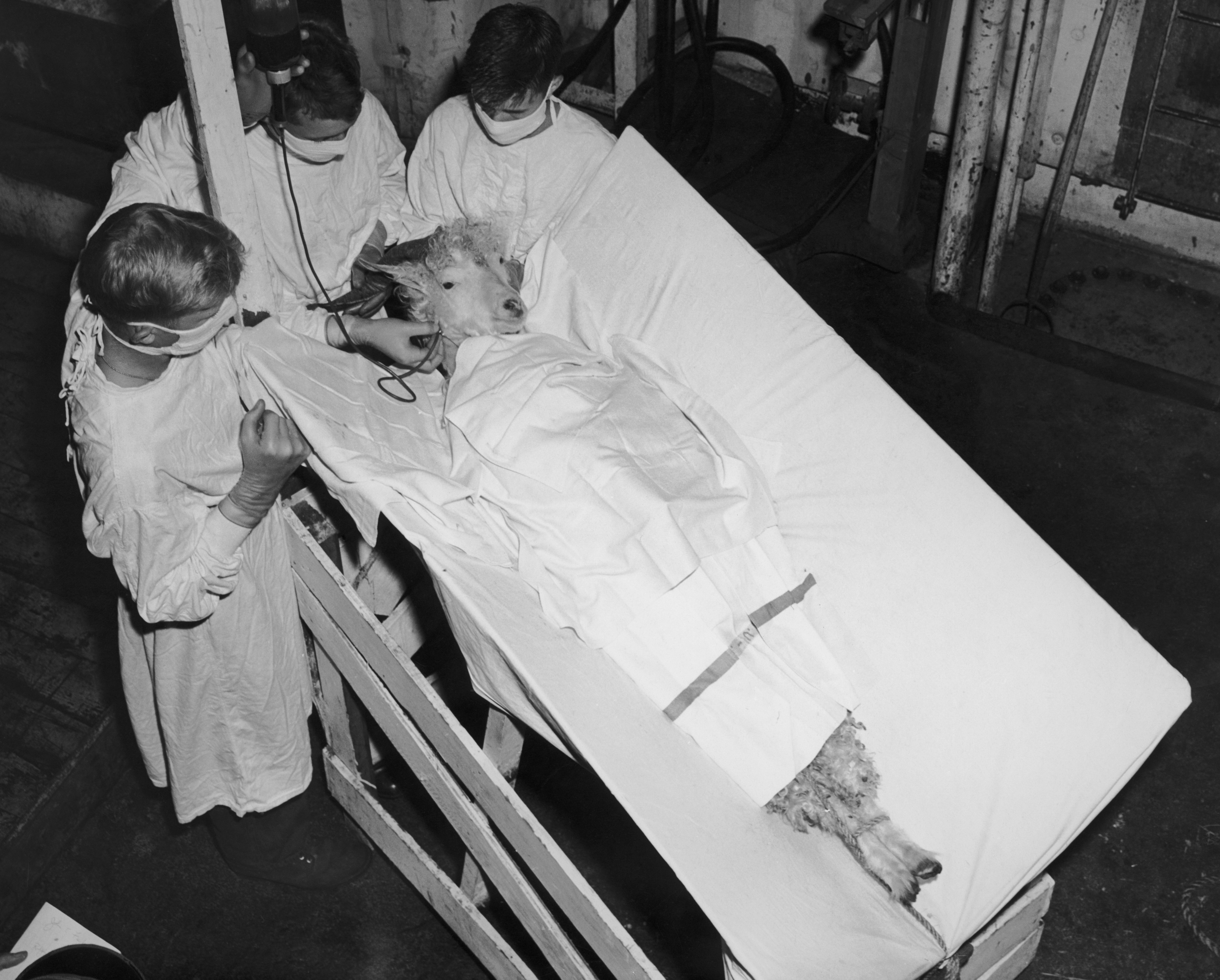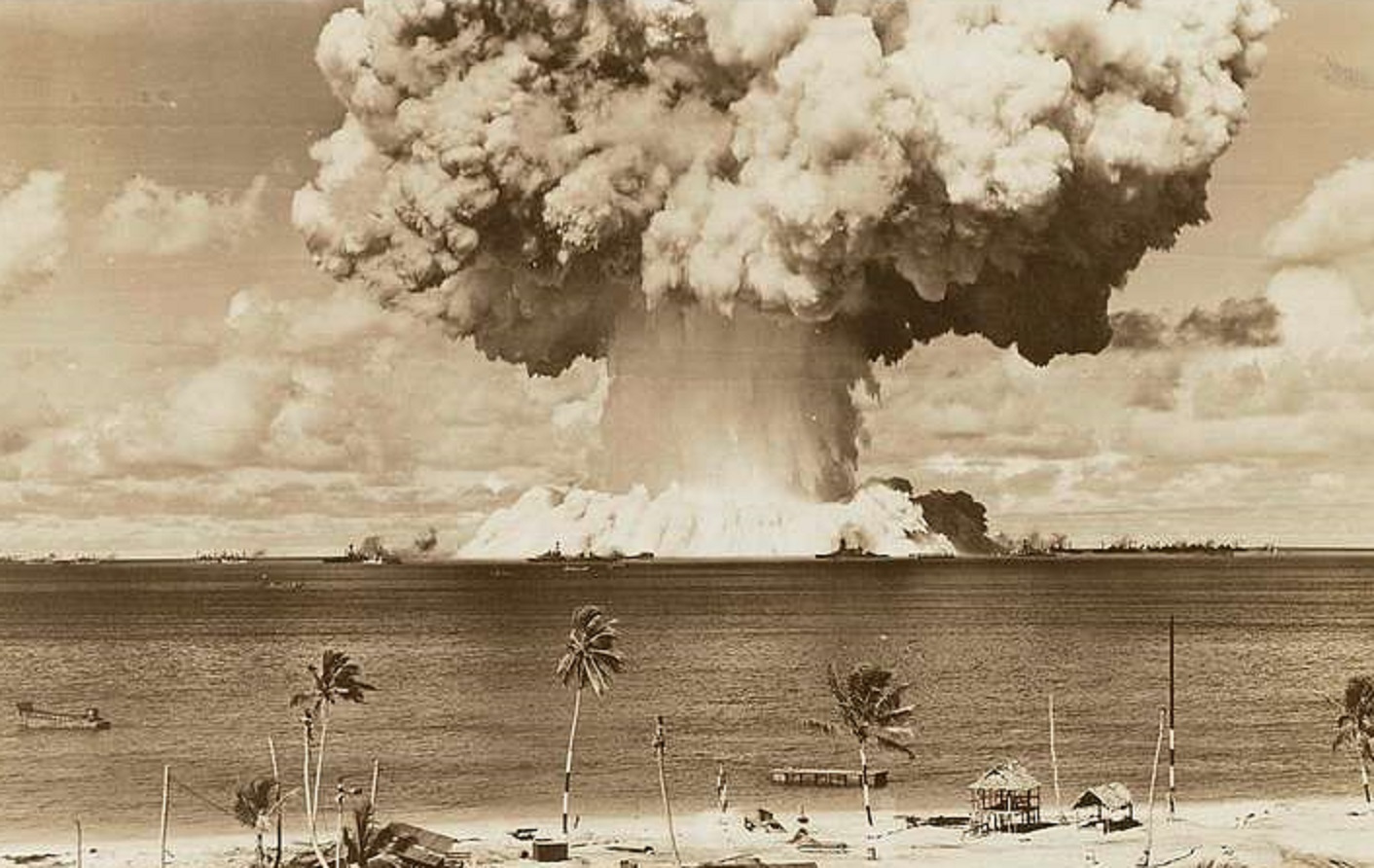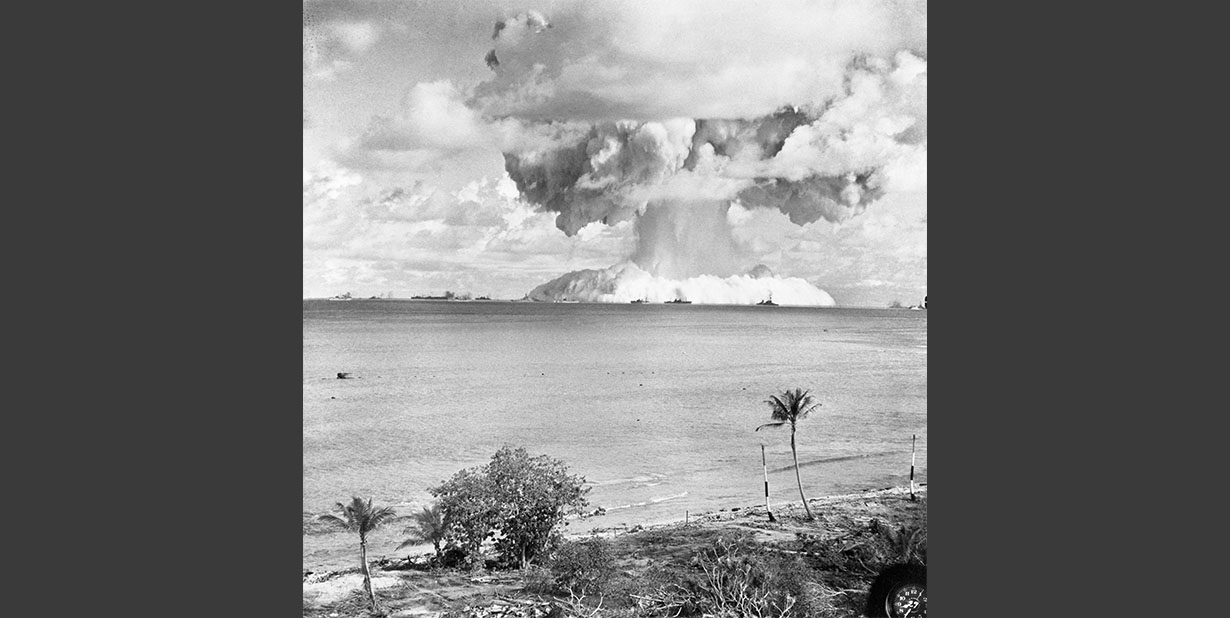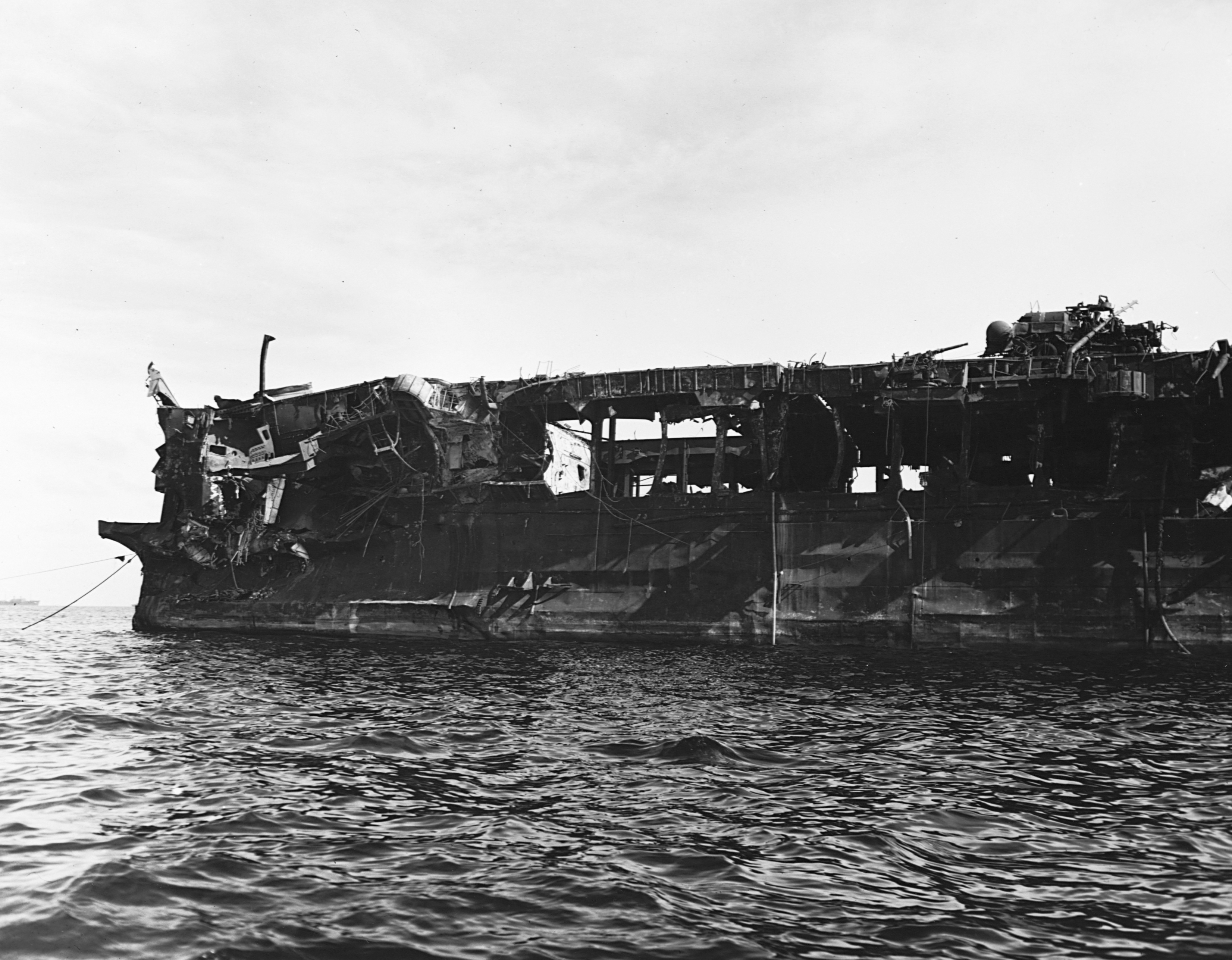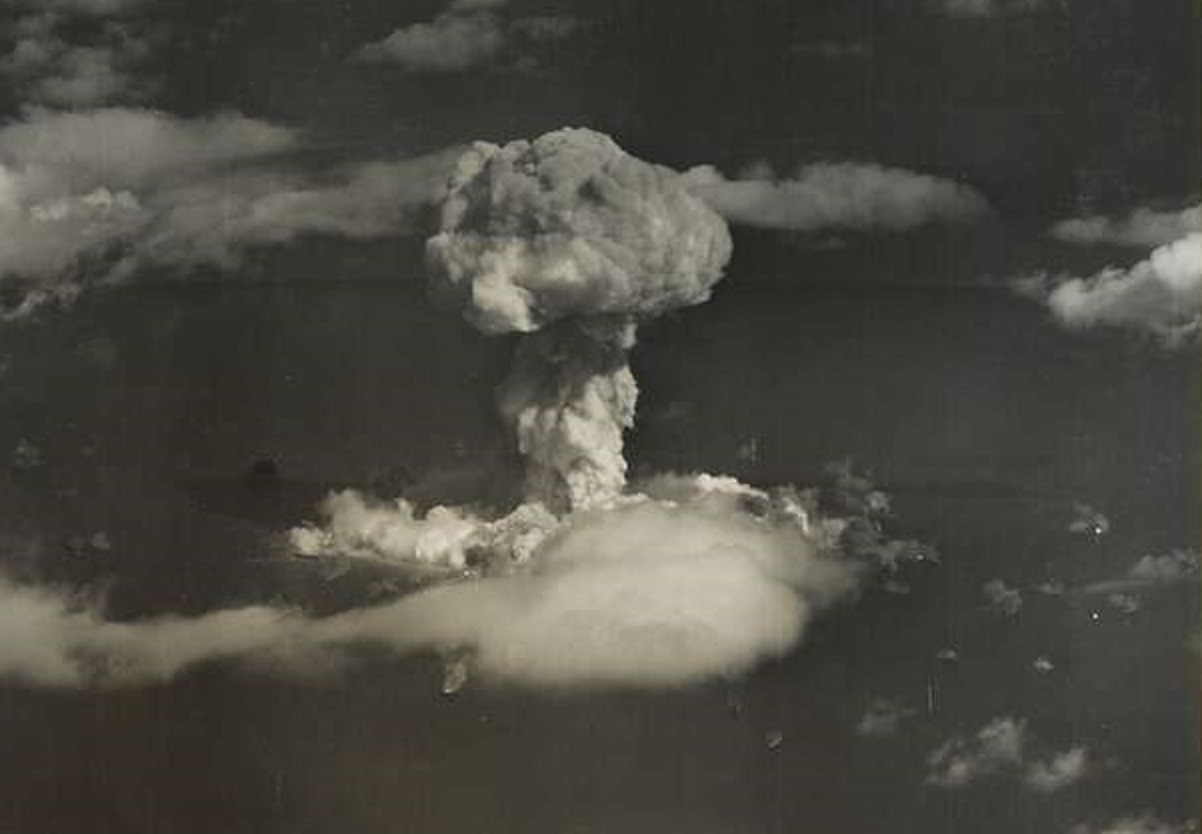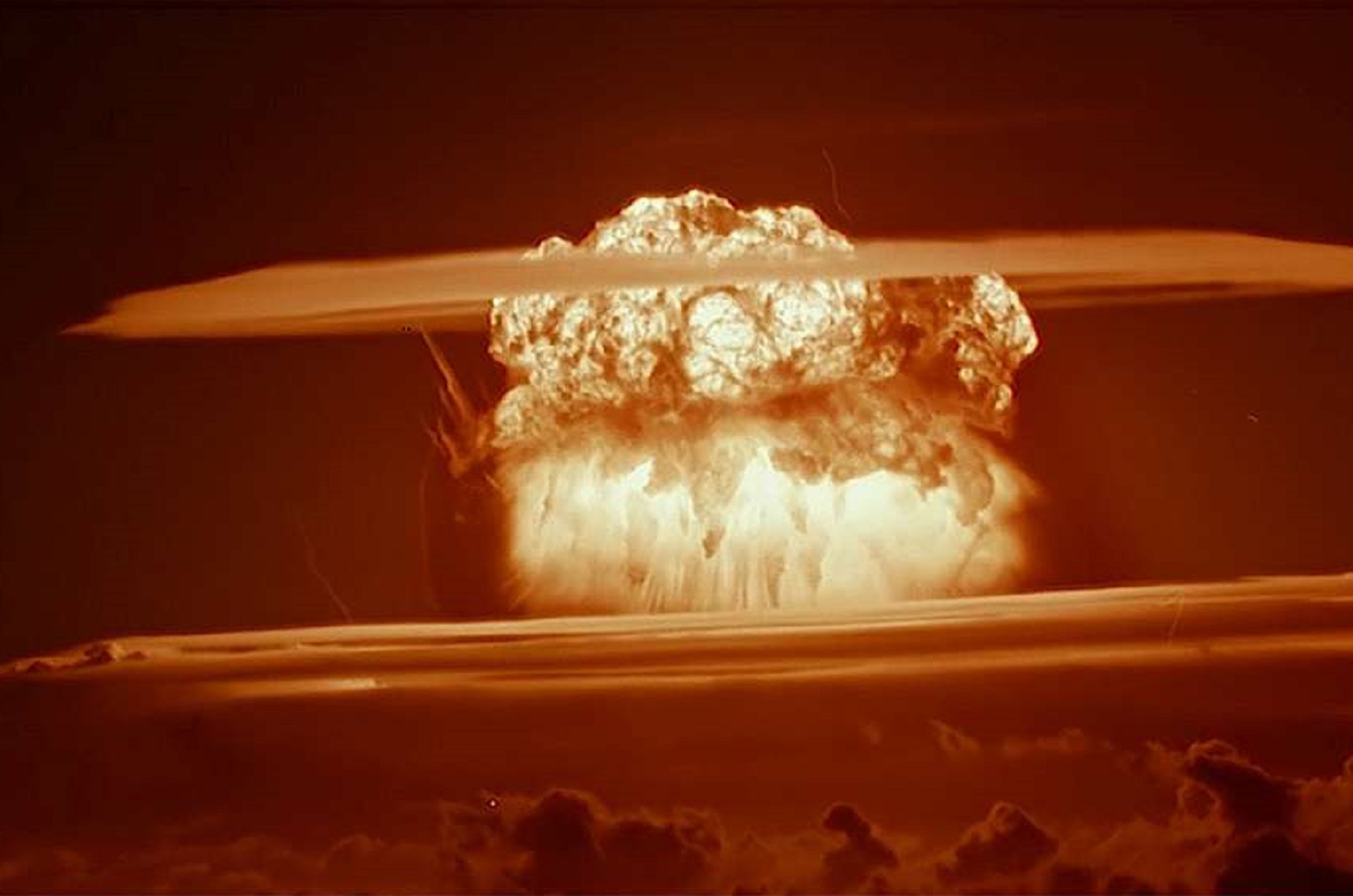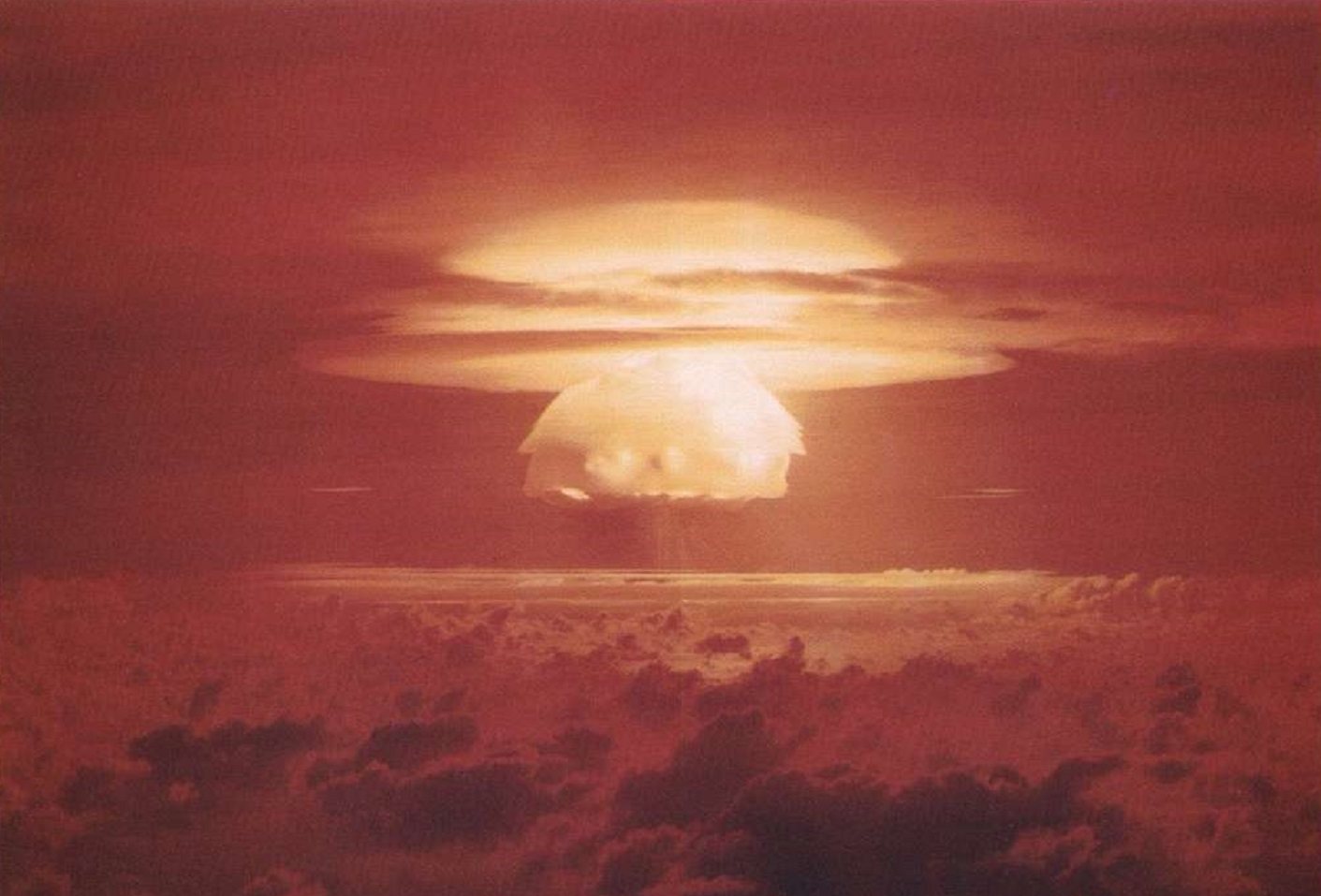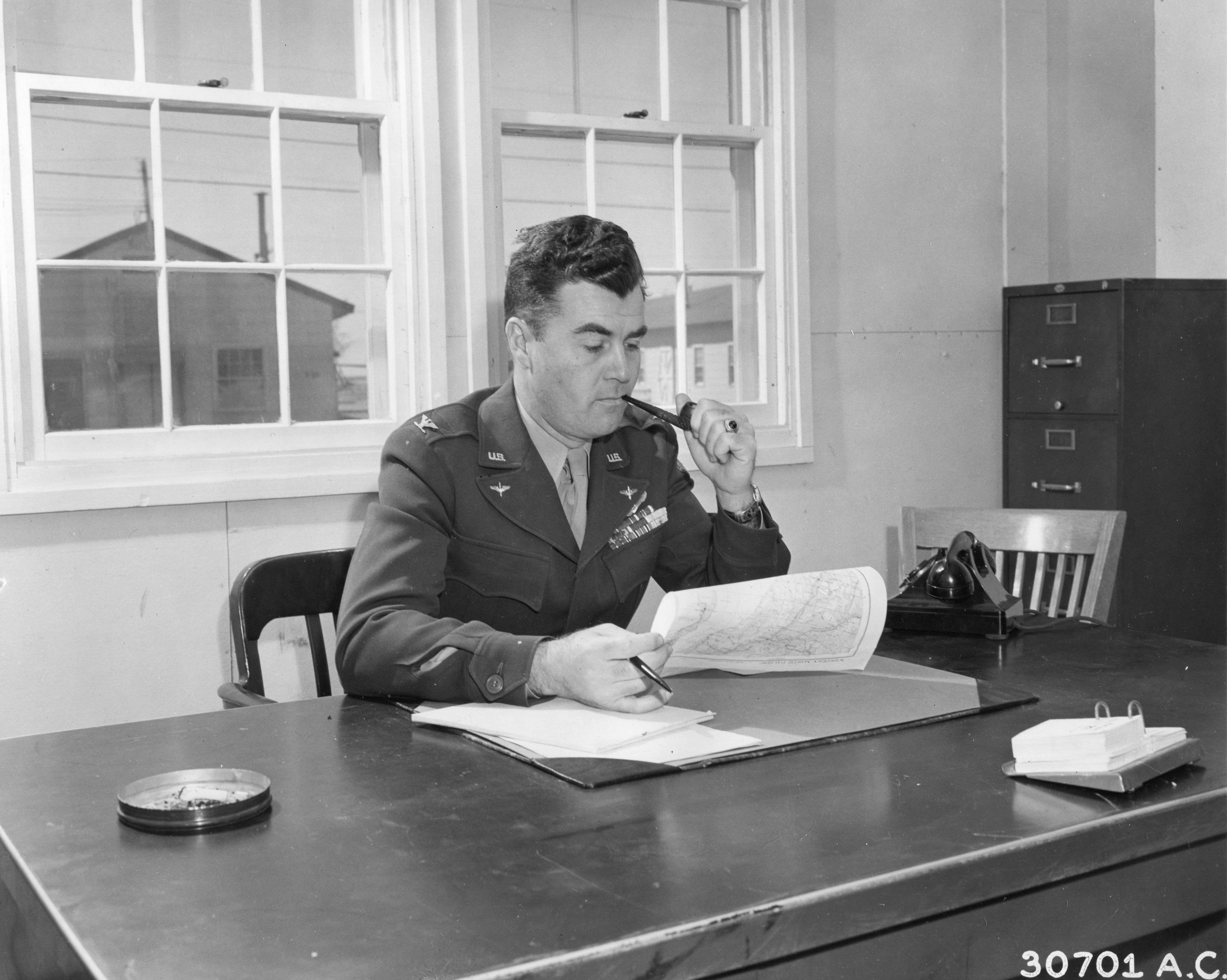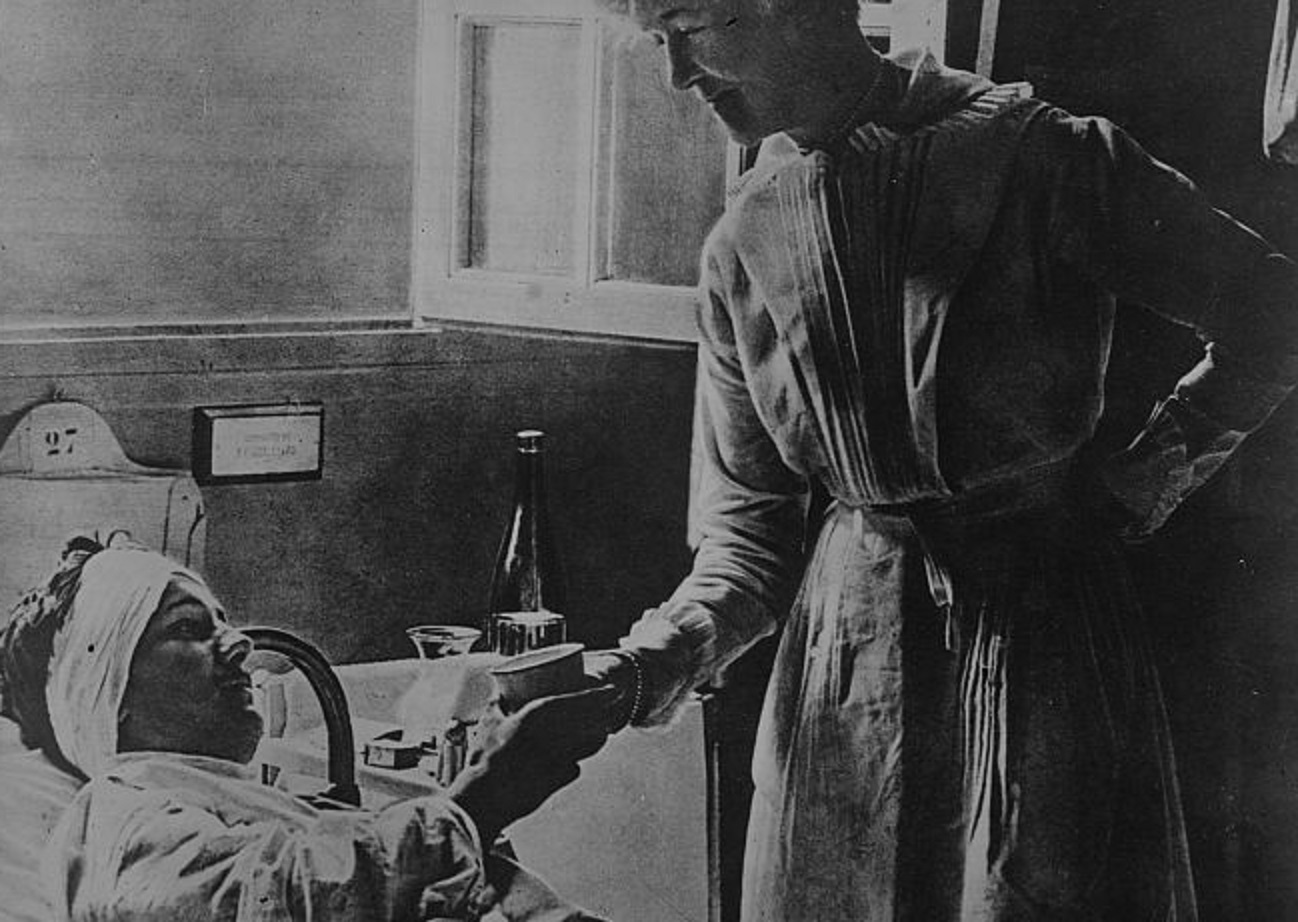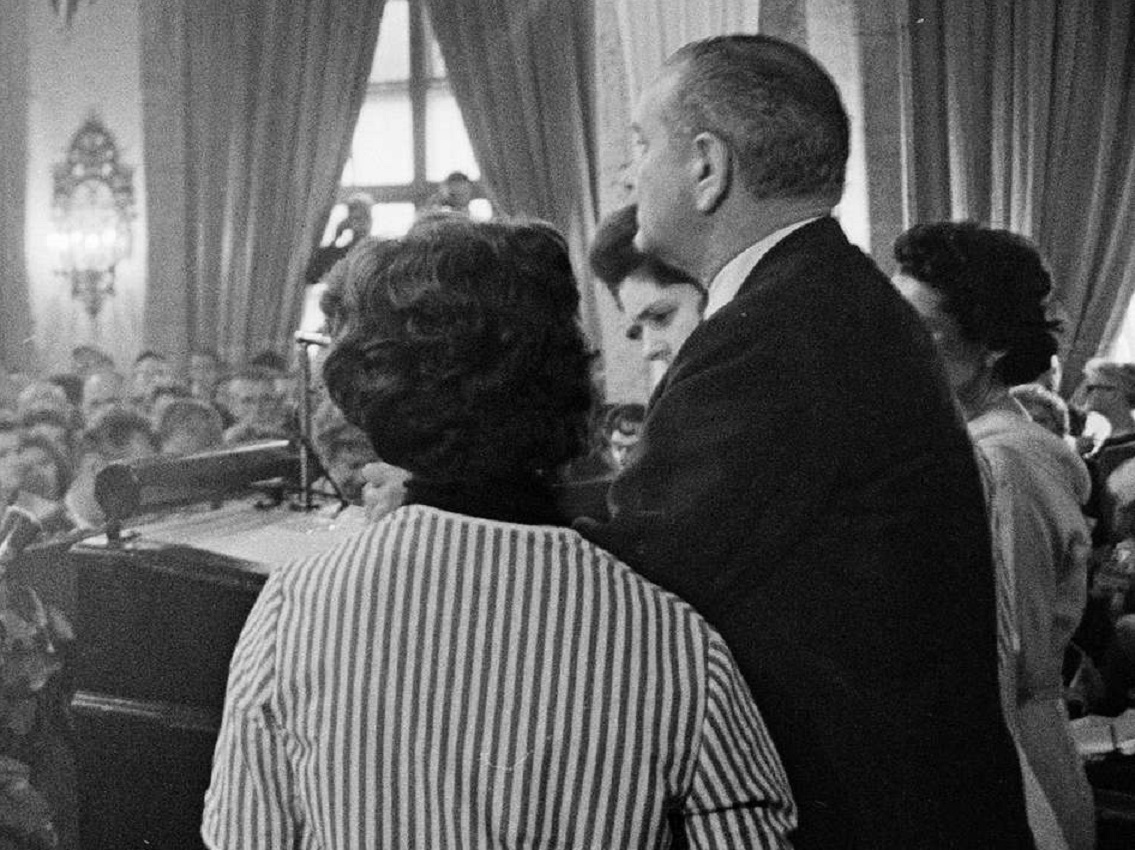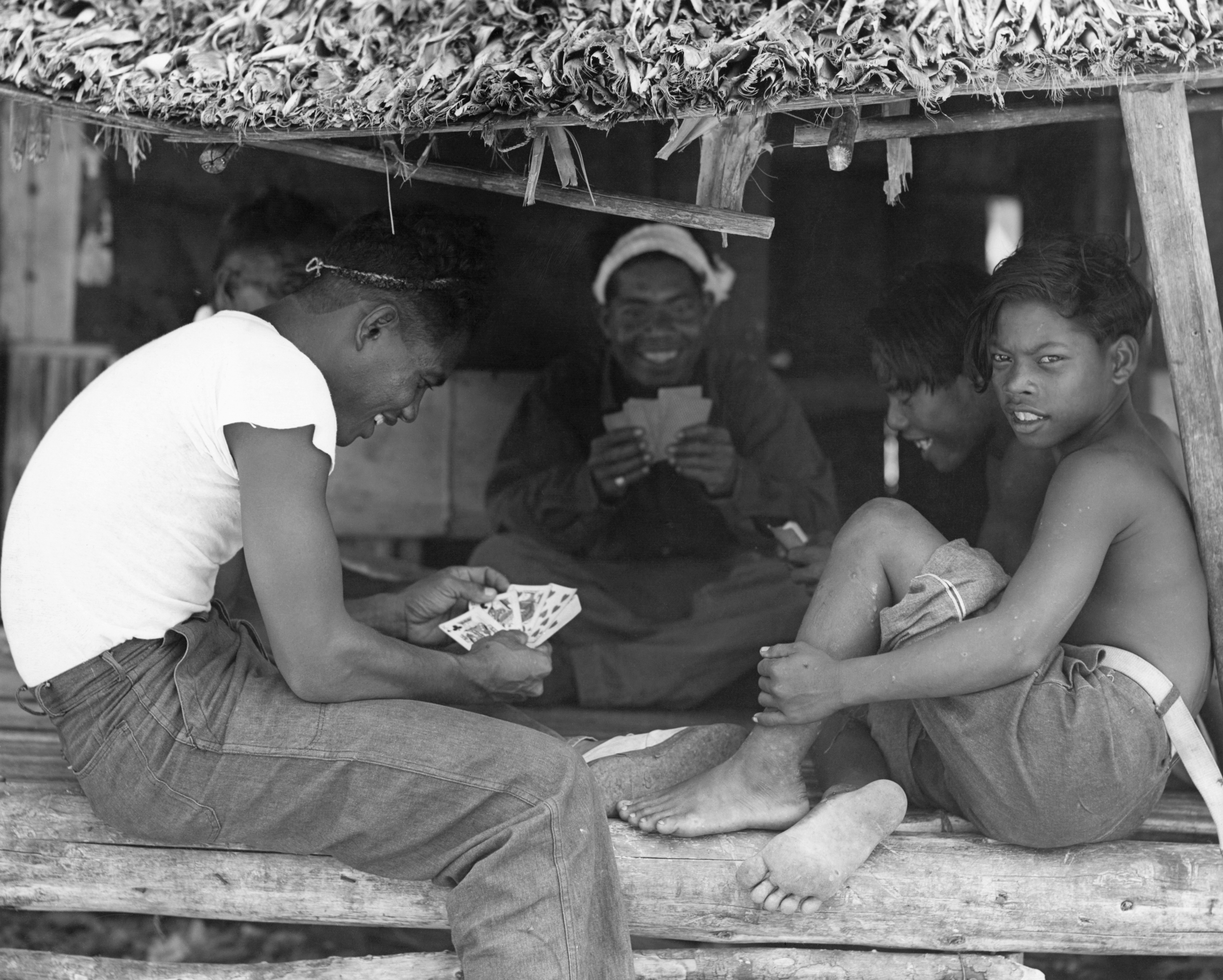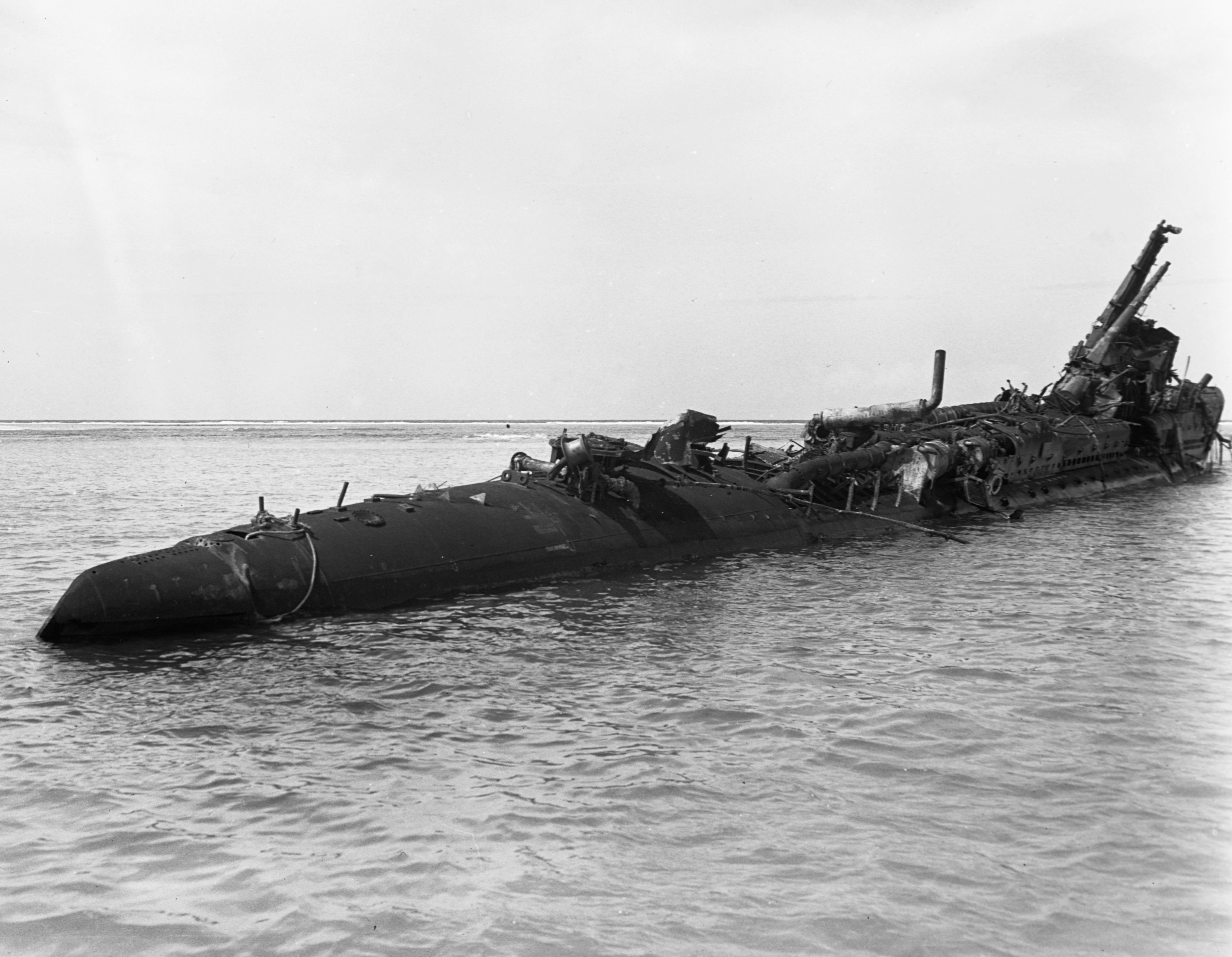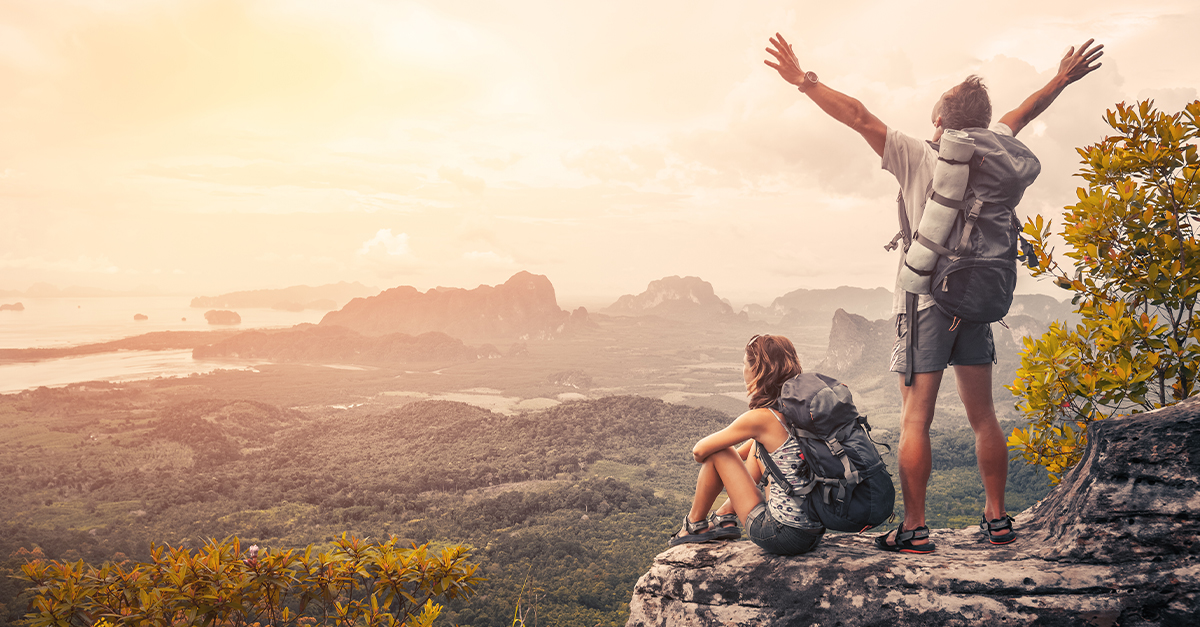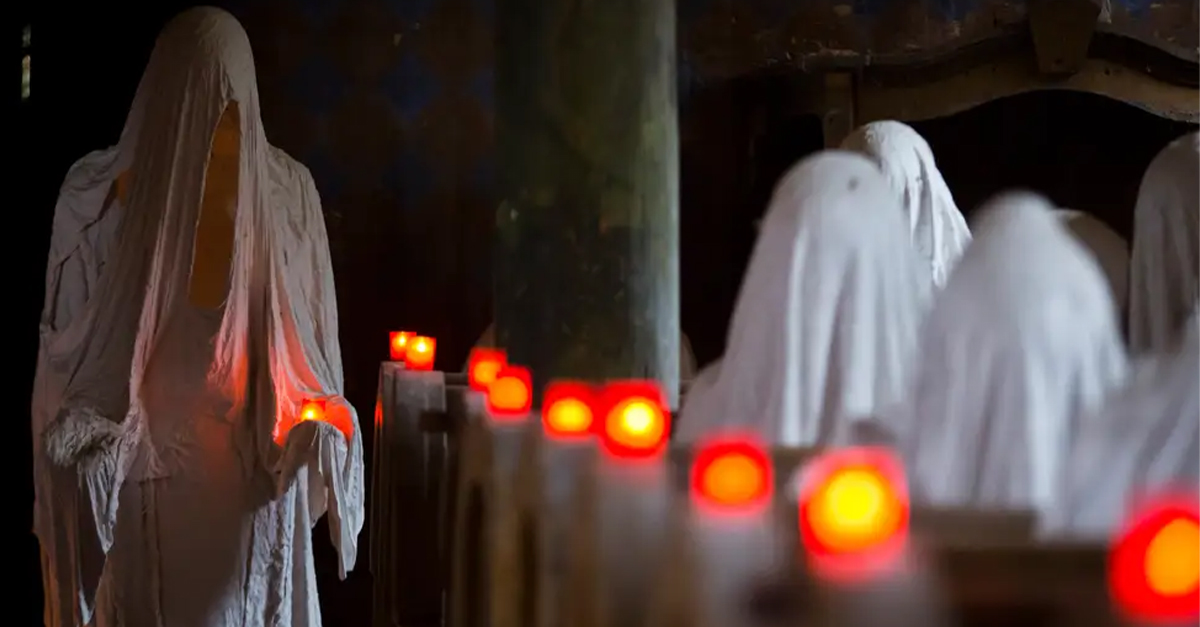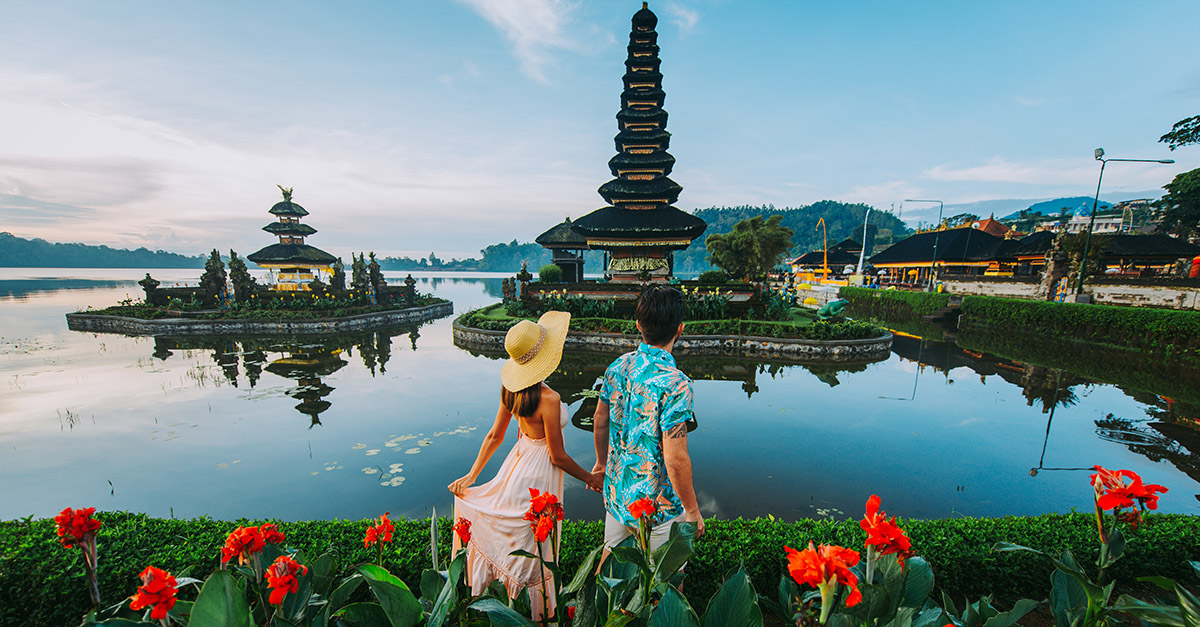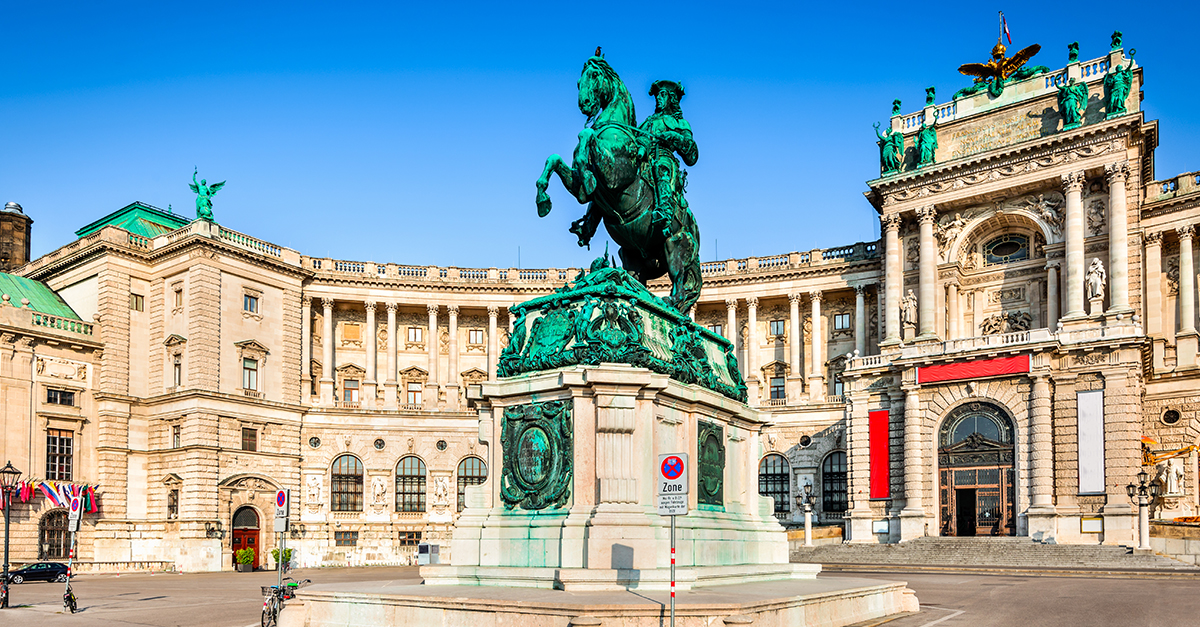The Catastrophic Consequences Of A Nuclear Test Site
Bikini Atoll is a small island in the Pacific Ocean that was once home to a small number of isolated residents who were forcibly evacuated by US forces following WWII.
The reason for the takeover was supposed to be temporary, but instead, the lasting effects of what happened there has forever changed the lives of many—and the US will be paying for it forever.
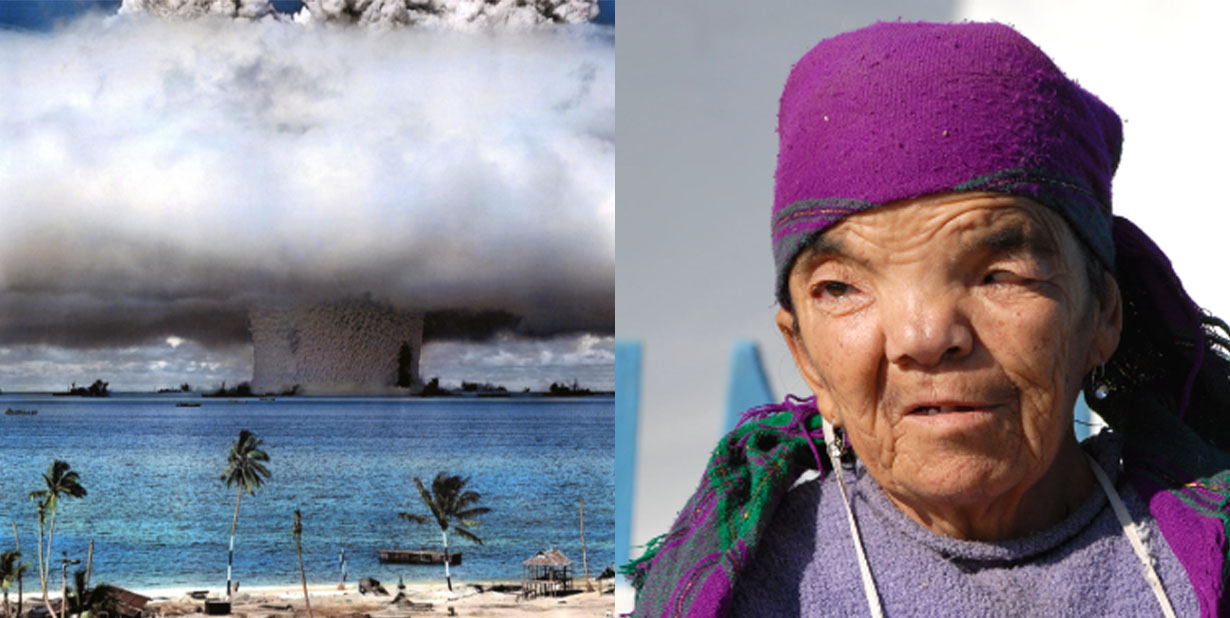
Location
Bikini Atoll is a coral reef in the Marshall Islands consisting of 23 islands surrounding a 229.4-square-mile (594.1 km2) central lagoon.
The Marshall Islands is an island chain located between Hawaii and the Philippines.
Climate
The islands are hot and humid. The temperature on Bikini Atoll is 27 to 29 °C (81 to 84 °F) year-round. The water temperature is also extremely warm all year round.
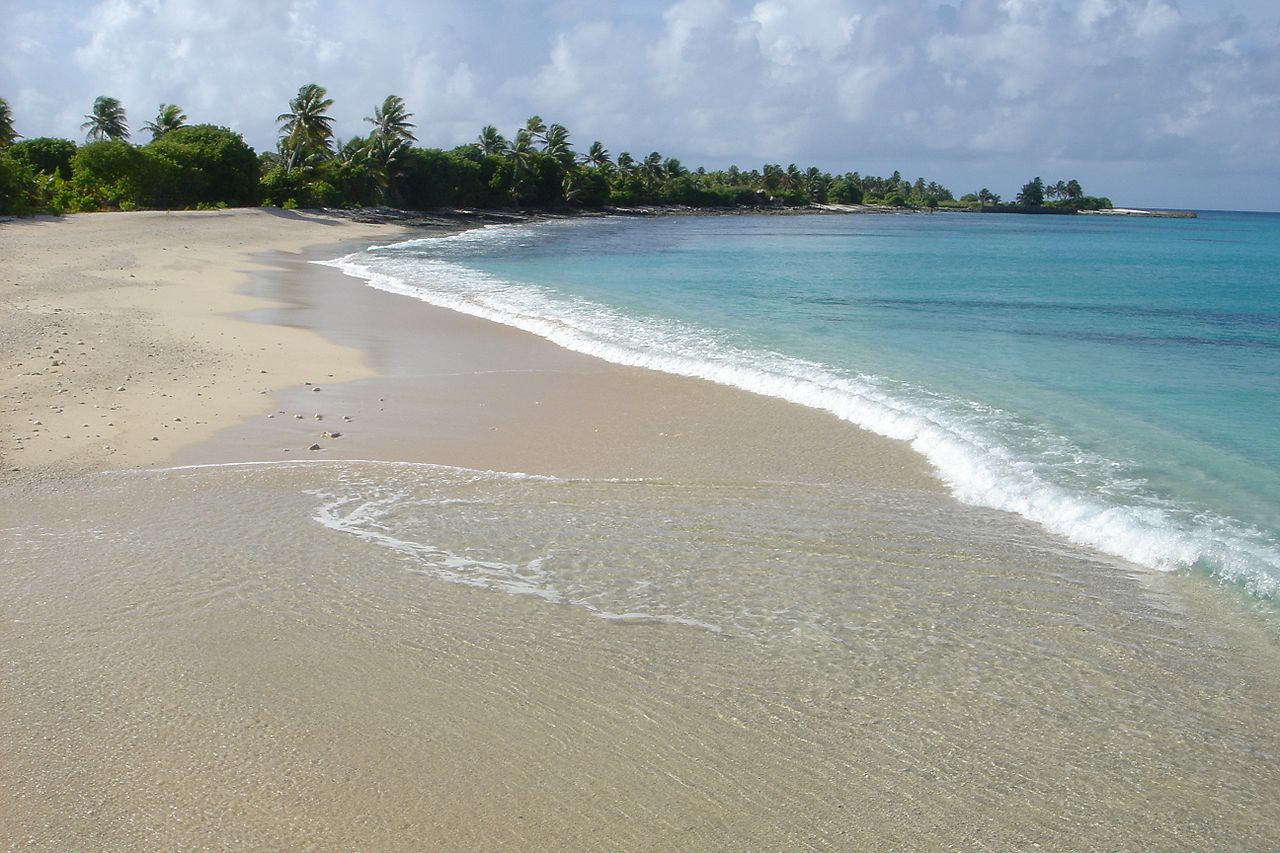 Ron Van Oers, CC BY-SA 3.0 IGO, Wikimedia Commons
Ron Van Oers, CC BY-SA 3.0 IGO, Wikimedia Commons
Population
Originally, there were less than a couple hundred people living on the islands. In fact, prior to 1946, the island had a different name: Eschscholtz Atoll.
They lived a traditional lifestyle based on cultivating plants and eating fish, and remained as isolated as possible from modern civilization.
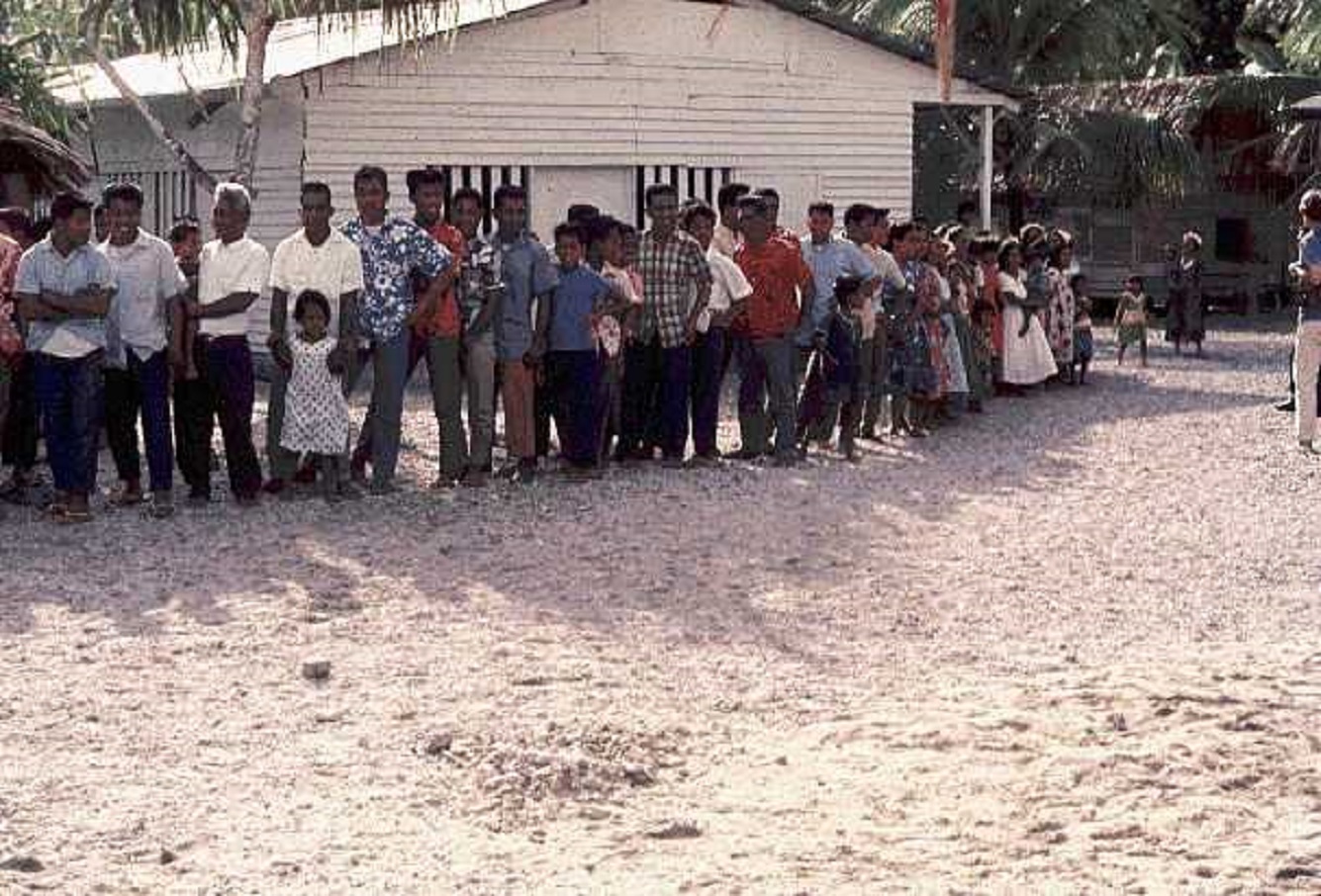 Trust Territory of the Pacific Islands Archives, Picryl
Trust Territory of the Pacific Islands Archives, Picryl
Culture
The islanders developed a society bound by family association and tradition. Each lagoon was led by a king and queen, and had a ruling castle.
Prior to government involvement, men and women wore fringed skirts made by weaving plant materials together. Children were often unclothed.
Each family was part of a clan, and they owned a section of land—which determined their wealth.
Governance
Bikini Atoll was originally occupied by Japan starting in 1914. They had the people of Bikini Atoll working at copra plantations to earn small bits of money.
Then WWII hit, and everything changed. The US government took administrative control of the Marshall Islands from Japan in 1944.
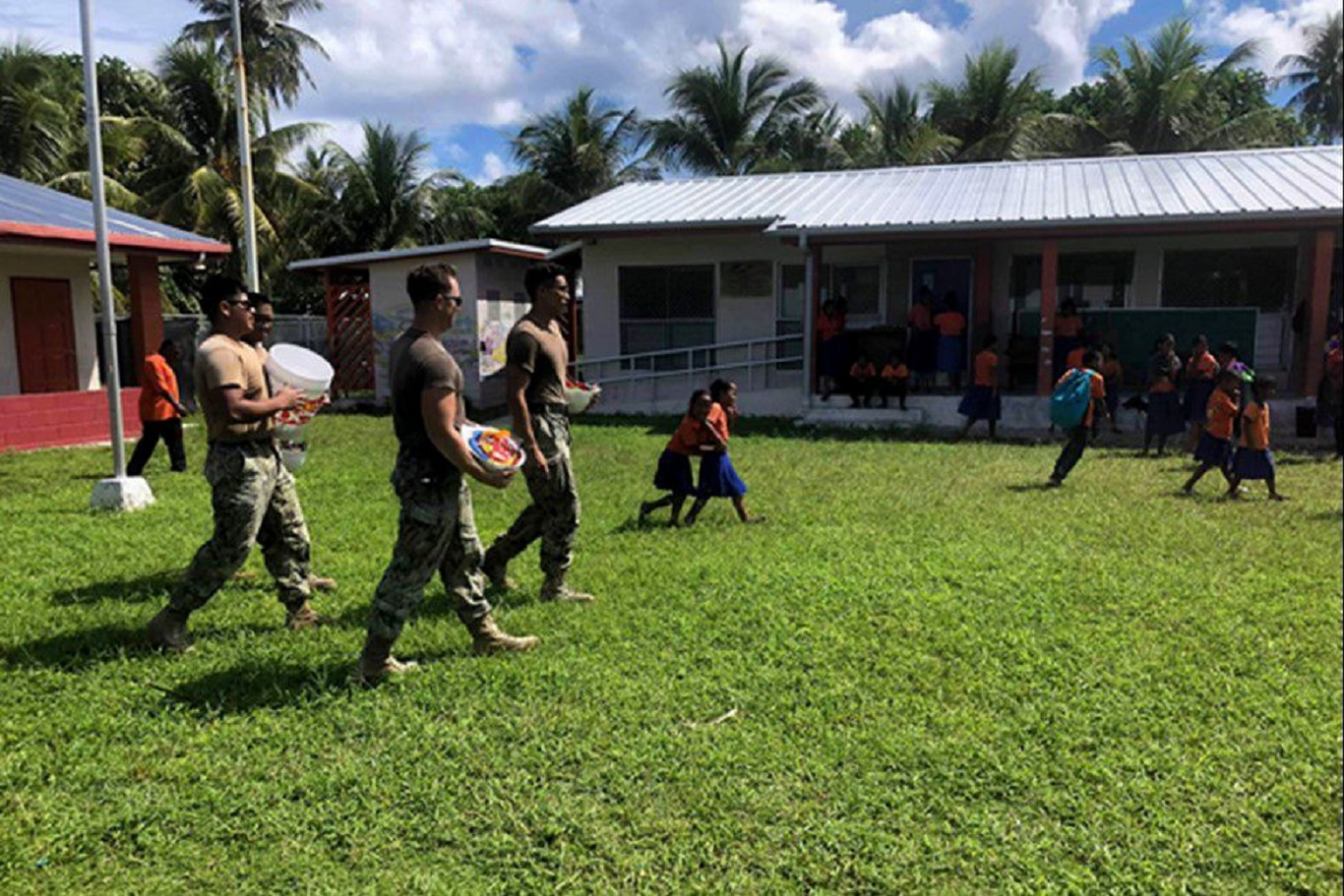 Defense Visual Information Distribution Service, Picryl
Defense Visual Information Distribution Service, Picryl
Takeover
After WWII, the atoll was chosen by the United States as a nuclear testing site. They chose this location because of its distance away from regular air and sea routes.
They needed to “determine the effect of atomic bombs on American warships.”
Relocation
In 1946, the US government officially took over Bikini Atoll. All of the island's 167 inhabitants were forcibly relocated to another small island close by, called Rongerik.
Unfortunately, this new island was didn’t work out well.
Starvation
The original inhabitants of Bikini Atoll did not fair well on their new land. The island was not equipped with adequate resources and many of the people experienced starvation.
Their already low population was dwindling—fast.
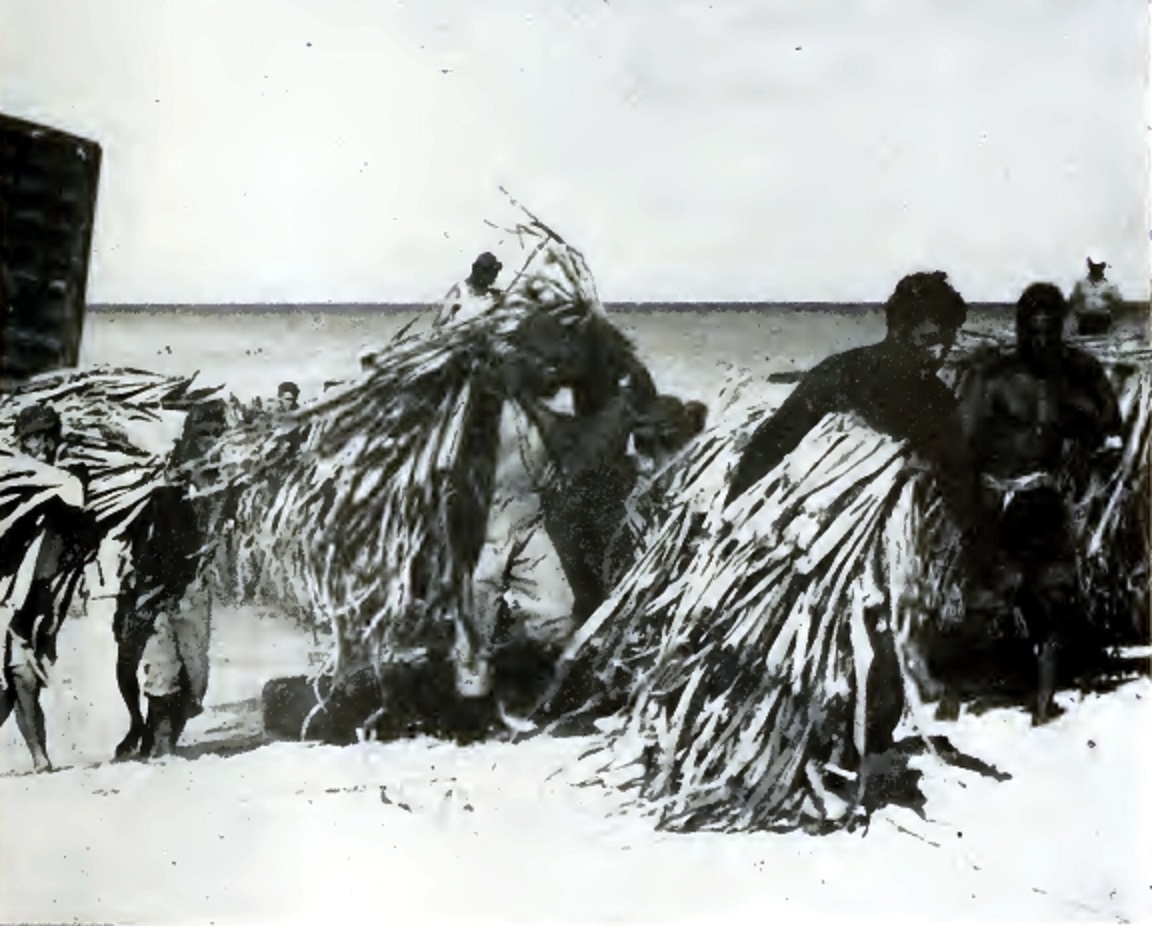 Joint Task Force 1, Wikimedia Commons
Joint Task Force 1, Wikimedia Commons
Relocation #2
In 1948, about two years after being relocated the first time, the inhabitants of the new island were moved again to another island close by called Kwajalein Atoll, where they stayed for another couple years.
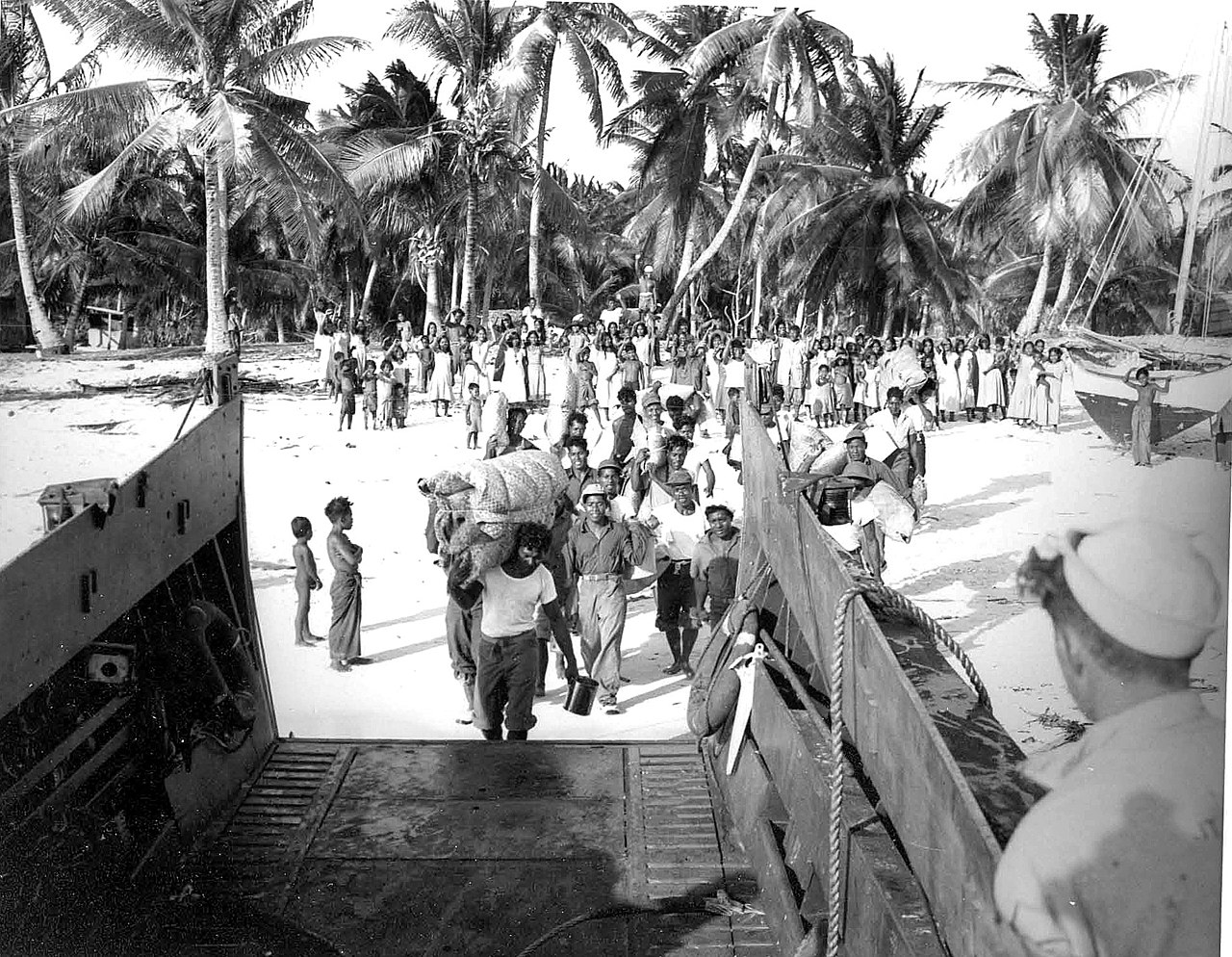 United States Navy, Wikimedia Commons
United States Navy, Wikimedia Commons
Testing
As soon as the US kicked out all the residents of the island, they began their testing. They used the islands and lagoon as the site of 23 nuclear tests until 1958, including 20 hydrogen detonations.
Among those was the March 1, 1954 Castle Bravo H-bomb test, which reached a yield of 15 megatons, 1,000 times more powerful than the atomic blast that destroyed Nagasaki in 1945.
Test #1: Operation Crossroads
The atoll was chosen as a location for Operation Crossroads—a program to investigate the effects of nuclear blasts on Navy vessels.
The testing was staged with a fleet of 95 ships with laboratory animals—pigs, goats and mice—on board so that scientists could study the potential effects of radiation on ship crews.
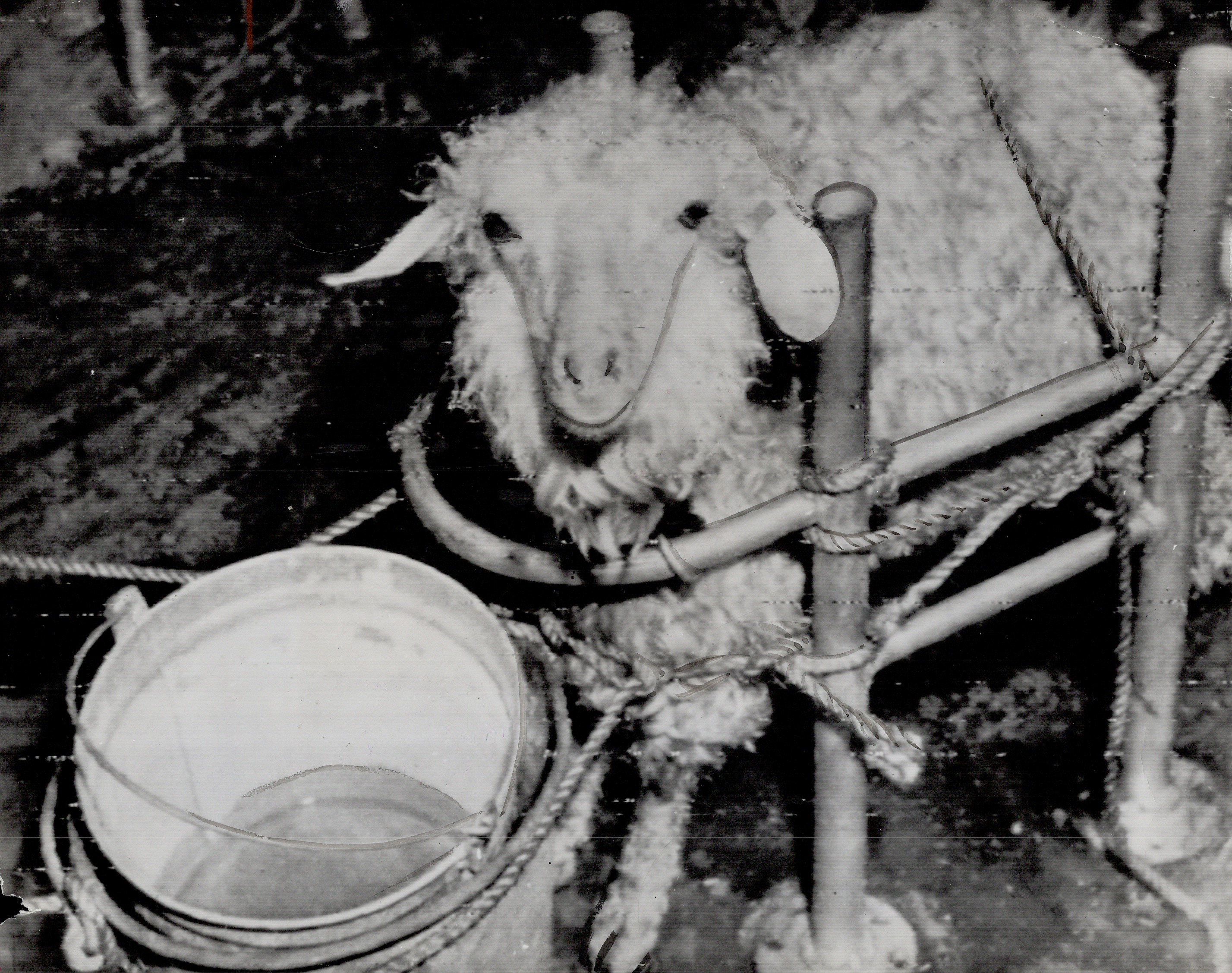 Toronto Star Archives, Getty Images
Toronto Star Archives, Getty Images
Operation Crossroads: Fail
In the early morning on testing day, a B-29 bomber flew over the lagoon and dropped the atomic device. It exploded 520 feet from the surface and missed the target ship by 1,500-2,000 feet.
The blast only sunk five of the ships, but the force of the blast and radiation ended the lives of about a third of the lab animals.
Test #2: Underwater Blast
Only a few weeks later, the US forces tried a different approach—a blast 90 feet below the surface of the lagoon.
It was the first underwater test of a nuclear defense.
Underwater Blast: Crater
The underwater test created “a massive bubble of hot gas that simultaneously expanded downward and upward.”
At the bottom, it carved out a 30-foot-deep, 2,000-foot-wide crater on the sea floor.
Underwater Blast: Tsunami
If that wasn’t enough, on the surface, the blast created an enormous dome of water that reached a height of over a mile.
This triggered a tsunami with a 94-foot-high wave—so high that it lifted a 27,000-ton ship that was in the area.
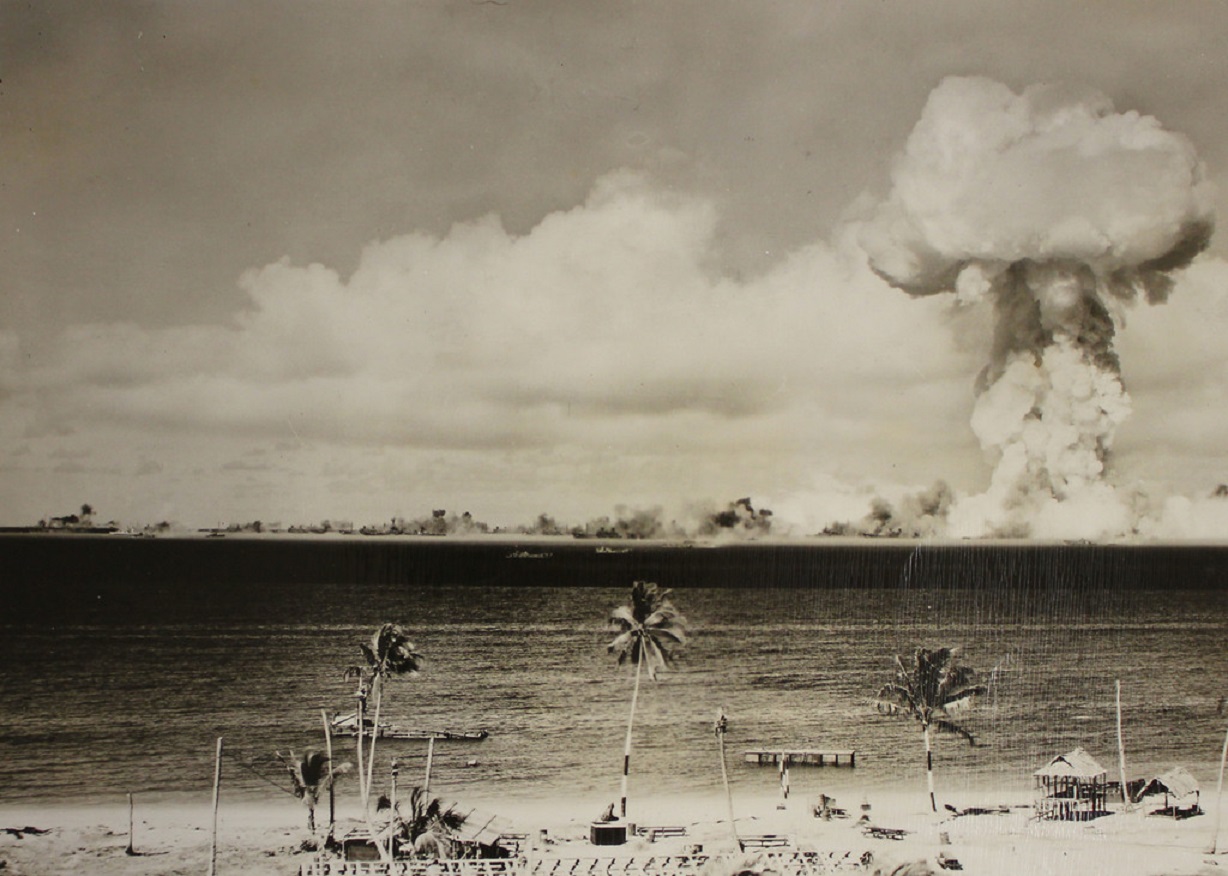 The U.S. National Archives, Picryl
The U.S. National Archives, Picryl
Underwater Blast: Success
Overall, the tsunami created by the underwater blast swept across many of the target ships, coating them with radioactivity, and sinking eight of them completely.
Castle Bravo
Over the next few years, some testing was canceled and further plans were made to create more devices to test.
Then, in 1954, the Castle Bravo nuclear test took place, and it yielded a 15.5-Mt—which was extensive.
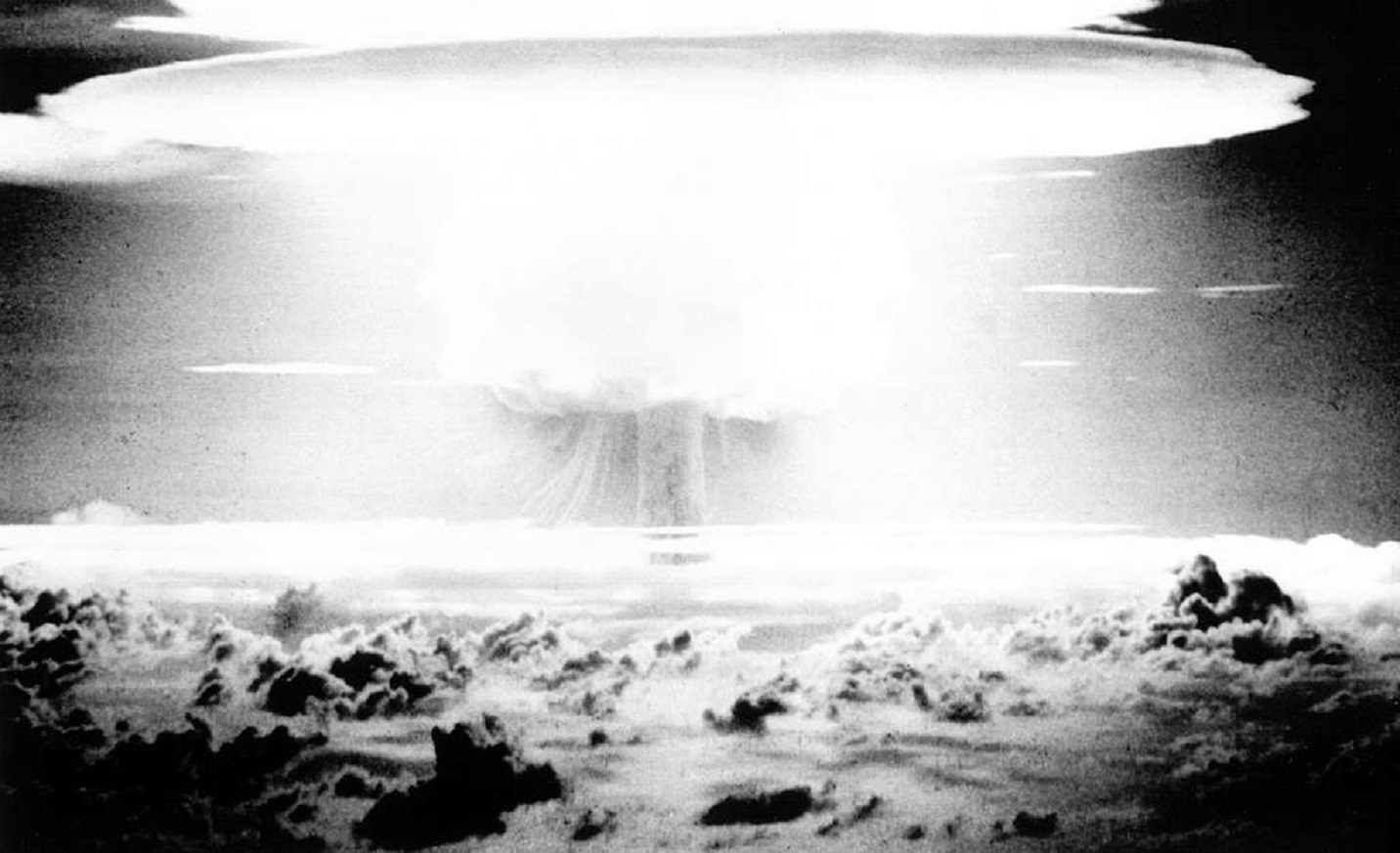 National Nuclear Security Administration, Picryl
National Nuclear Security Administration, Picryl
Castle Bravo: The Cloud
Within one second, the blast formed a fireball of almost 4.5 miles across. It left a crater 6,500 feet deep, and created a mushroom cloud that reached a height of 47,000 feet within a mere minute.
In less than ten minutes, the mushroom cloud reached 130,000 feet and was expanding at more than 220 mph.
Castle Bravo: The Result
Image: Fish affected by radiation
The nuclear radiation and fallout that followed the Castle Bravo test alone was substantial enough to discourage future habitation of the islands.
It contaminated more than 7,000 square miles of the surrounded Pacific Ocean, including some of the surrounding small islands.
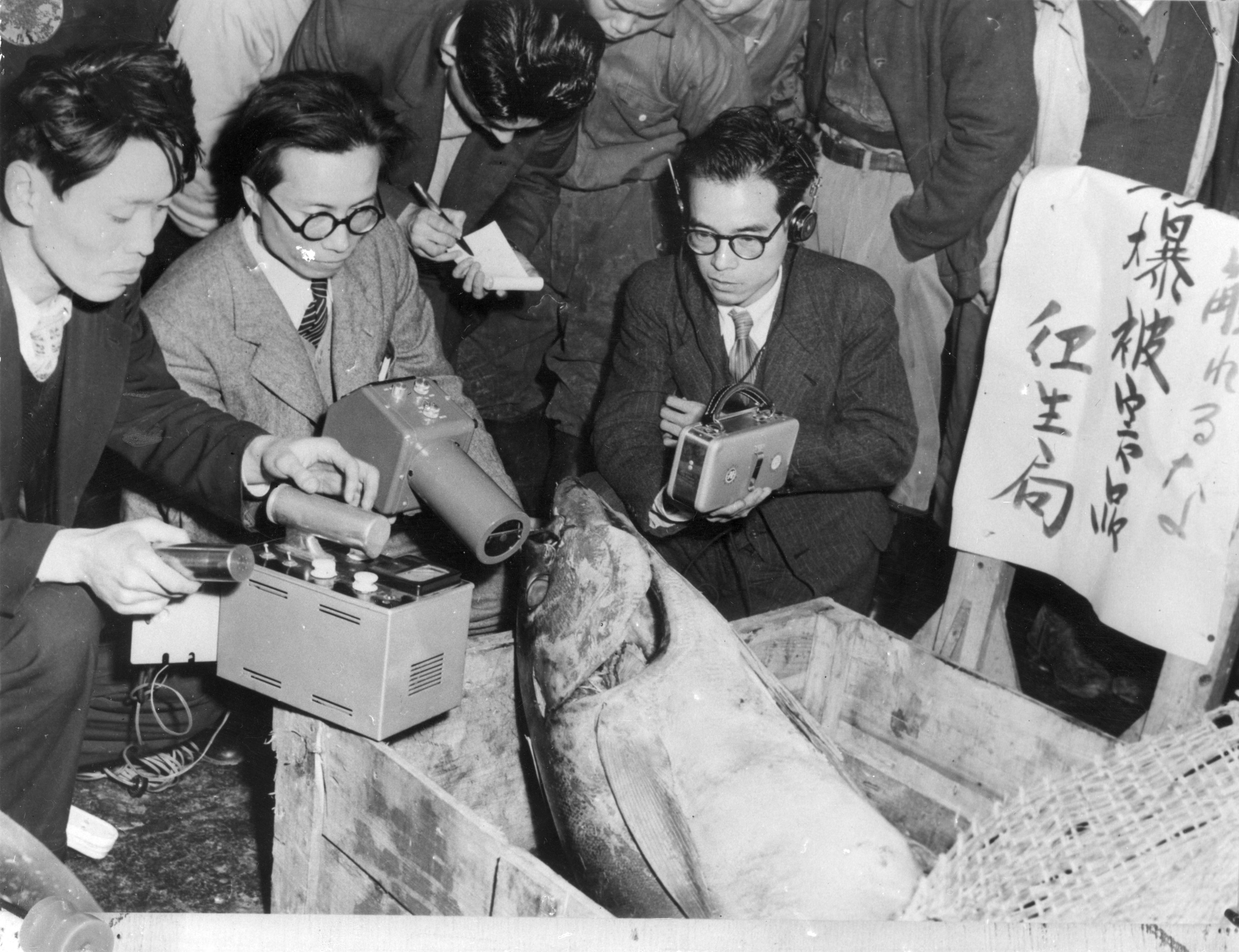 Central Press, Stringer, Getty Images
Central Press, Stringer, Getty Images
Castle Bravo: Perspective
To put this into perspective, the energy released from Castle Bravo was 1,000 times more powerful than the atomic detonation that was dropped on Hiroshima during WWII.
This makes it the sixth largest nuclear explosion in history.
Castle Bravo: Errors
The original predictions for Castle Bravo was that the explosion would yield only 5Mt—which is 10Mt less than what actually happened.
The cause of the higher yield was an error made by the designers of the device, which can be summarized as extra fuel.
Castle Bravo: Wind
Aside from the scientific errors, the weather at the time of Castle Bravo was windy. Some people felt concerned, stating that 20,000 people lived in the potential area of the fallout.
However, the decisions-makers ultimately chose to go ahead anyway, saying that aborting the mission would be a waste of all their hard work.
Castle Bravo: Islands Affected
The fallout of Castle Bravo did exactly what they were warned it would do—it spread further than intended. Within 48 hours, neighboring atolls had to be evacuated.
Ultimately, 15 islands were contaminated with intense radiation. This was a big mistake.
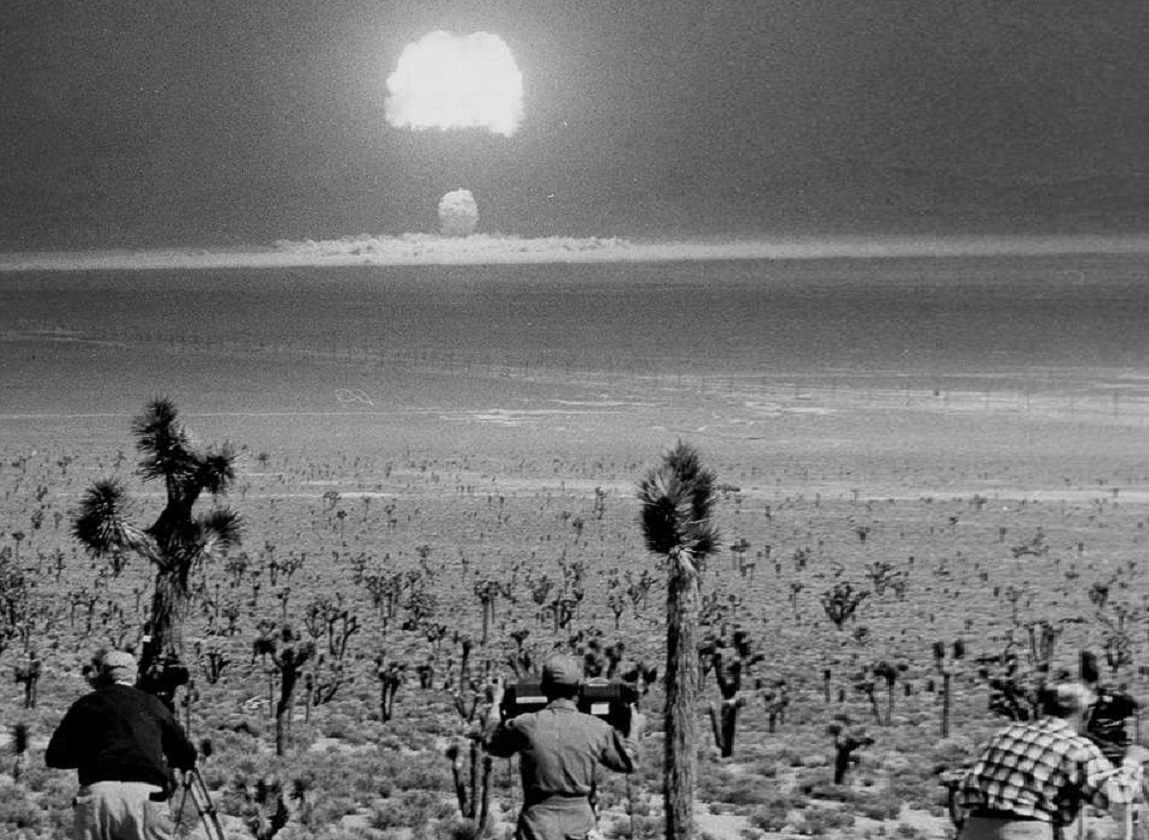 National Nuclear Security Administration, Picryl
National Nuclear Security Administration, Picryl
After Effects of Nuclear Testing
In total there were about two dozen atomic detonations within the islands, all of different magnitudes. Some in the water, some in the air, and some on land.
All of these nuclear tests created immense radiation within the area, which affected sea life, as well as human life.
Moving Back Home
In 1960, many of the original inhabitants of Bikini Atoll were allowed to move back to their homeland. At this time there were about 160 people.
They were reassured that it was safe.
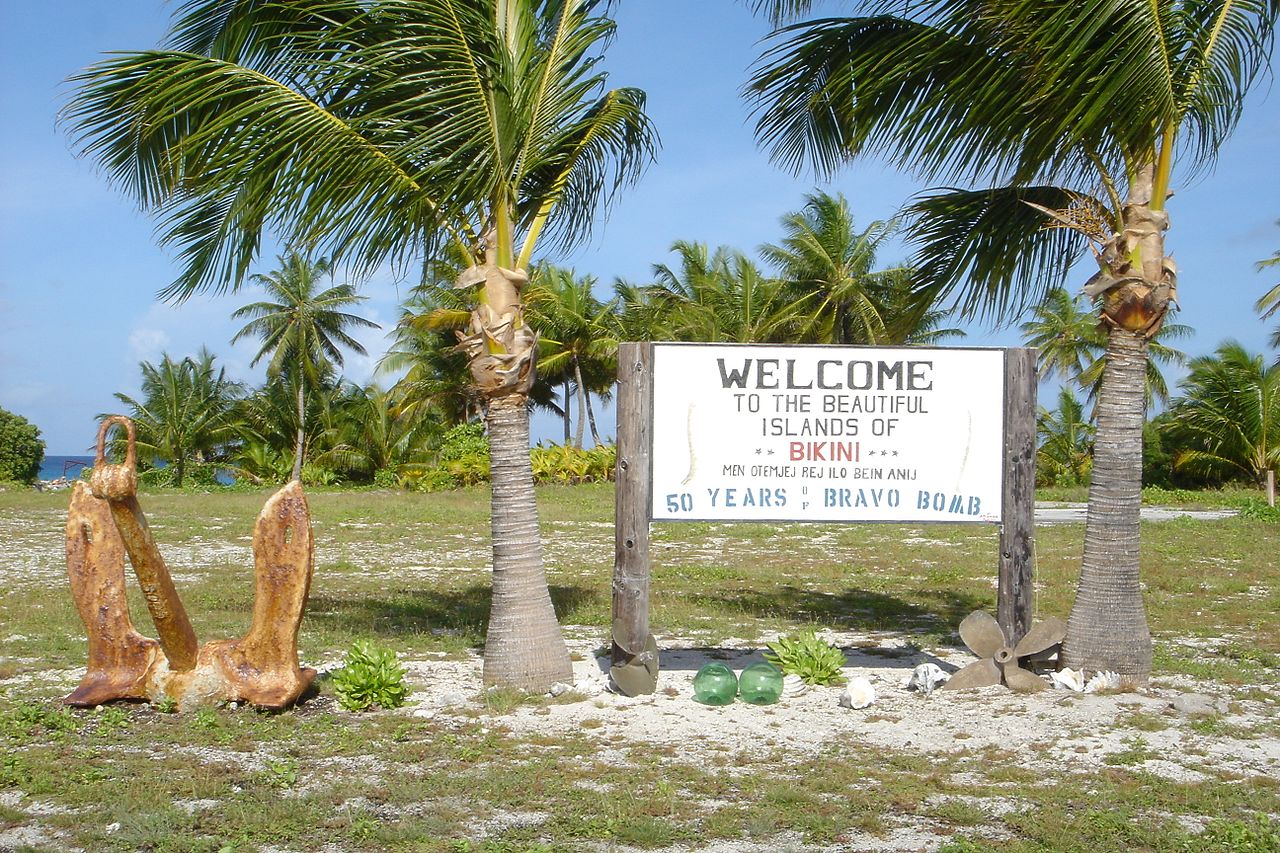 Ron Van Oers, CC BY-SA 3.0 IGO, Wikimedia Commons
Ron Van Oers, CC BY-SA 3.0 IGO, Wikimedia Commons
On Second Thought…
An entire decade later, a study showed that levels of Cesium-137 in the people’s bodies had increased by 75%, indicating an unhealthy level of radiation.
Further research discovered high levels of strontium-90 in the well water, and soil samples.
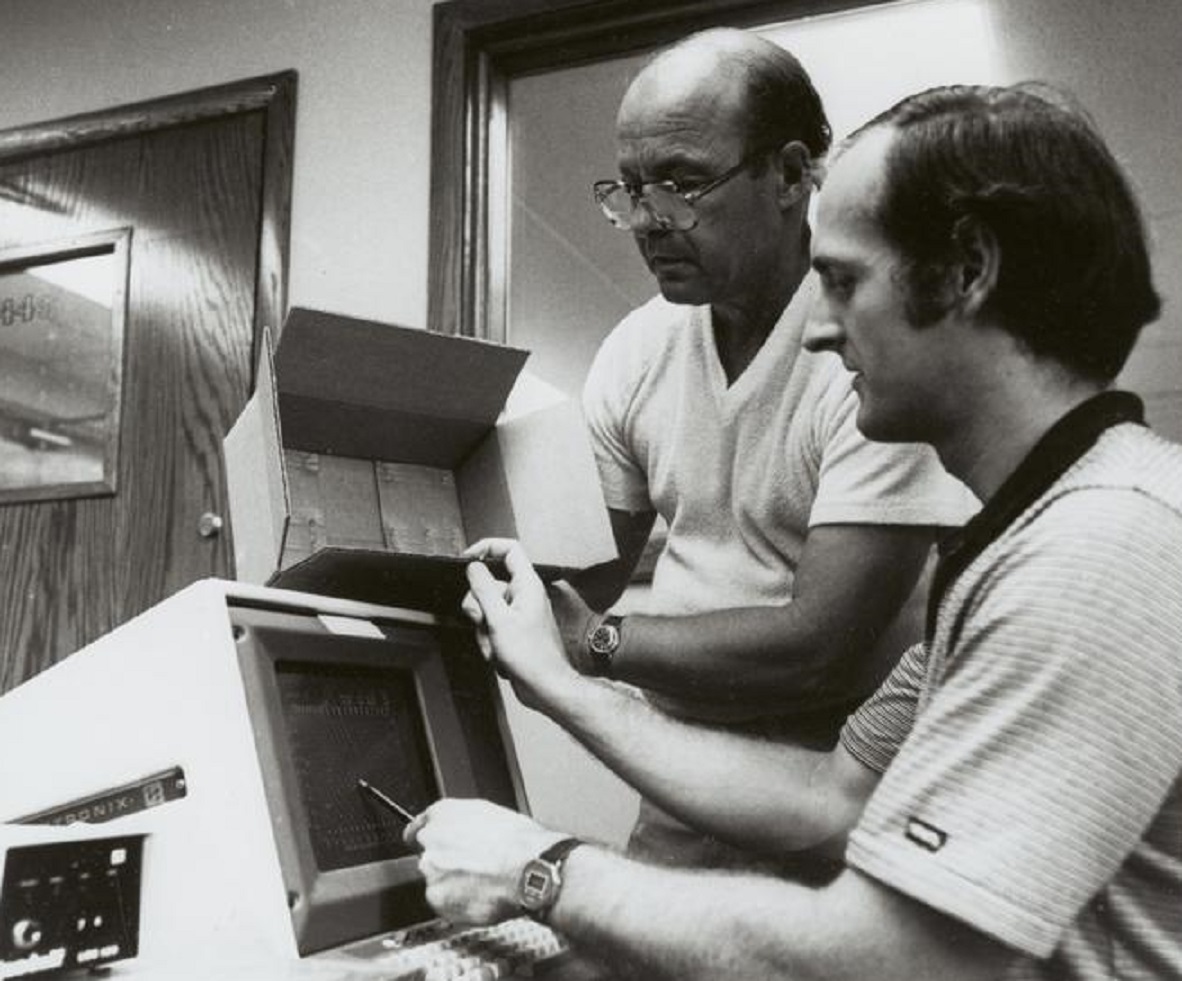 The U.S. National Archives, Picryl
The U.S. National Archives, Picryl
Health Affects
By 1963, many natives of the Marshall Islands (not just Bikini Atoll) began to suffer from thyroid tumors, including 20 of the 29 children at the time of Castle Bravo.
Birth defects were extremely common, and many people were increasingly unwell. But it doesn’t end there.
Contamination Spread
The contamination from the various devices blasted at Bikini Atoll spread through the ocean currents, and reached many more people than just the island inhabitants.
A Japanese fishing boat came into contact with the fallout, and many crew members got radiation sickness. One man passed, and another had a child that was stillborn and deformed.
International Incident
The fallout spread traces of radioactive material as far as Australia, India and Japan, and even the United States and parts of Europe.
Castle Bravo, which was originally supposed to be a secret operation, had now become an international incident.
 United States Atomic Energy Agency, Wikimedia Commons
United States Atomic Energy Agency, Wikimedia Commons
Compensation
Due to the fact that these detonations were not supposed to affect human life, the US now found themselves in a bit of hot water.
The government had to dish out compensation, relative to how much contamination the people received. Compensation was back dated to documented health concerns starting as early as 1956.
Compensation in the Billions
In 1975, when islanders were not allowed to go back to their home, they sued the US government for $900 billion in USD, and demanded further study of the northern islands.
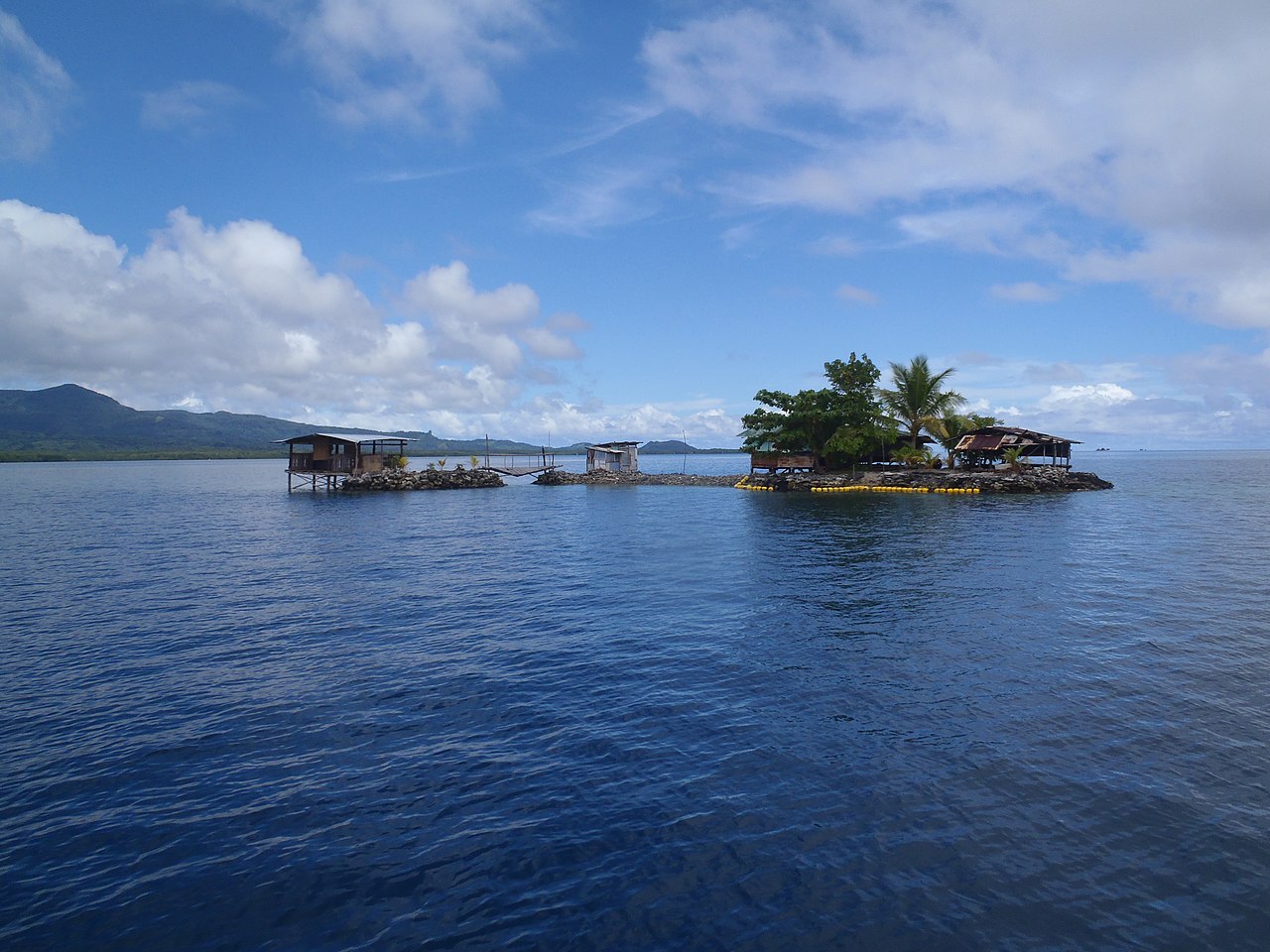 Patrick Nunn, CC BY-SA 4.0, Wikimedia Commons
Patrick Nunn, CC BY-SA 4.0, Wikimedia Commons
Trust Funds
Over the years, countless back-and-forth discussions had awarded the original inhabitants of Bikini Atoll with millions of dollars in compensation.
Trust funds were set up to supply residents with an annual allowance to support a basic lifestyle on neighboring islands.
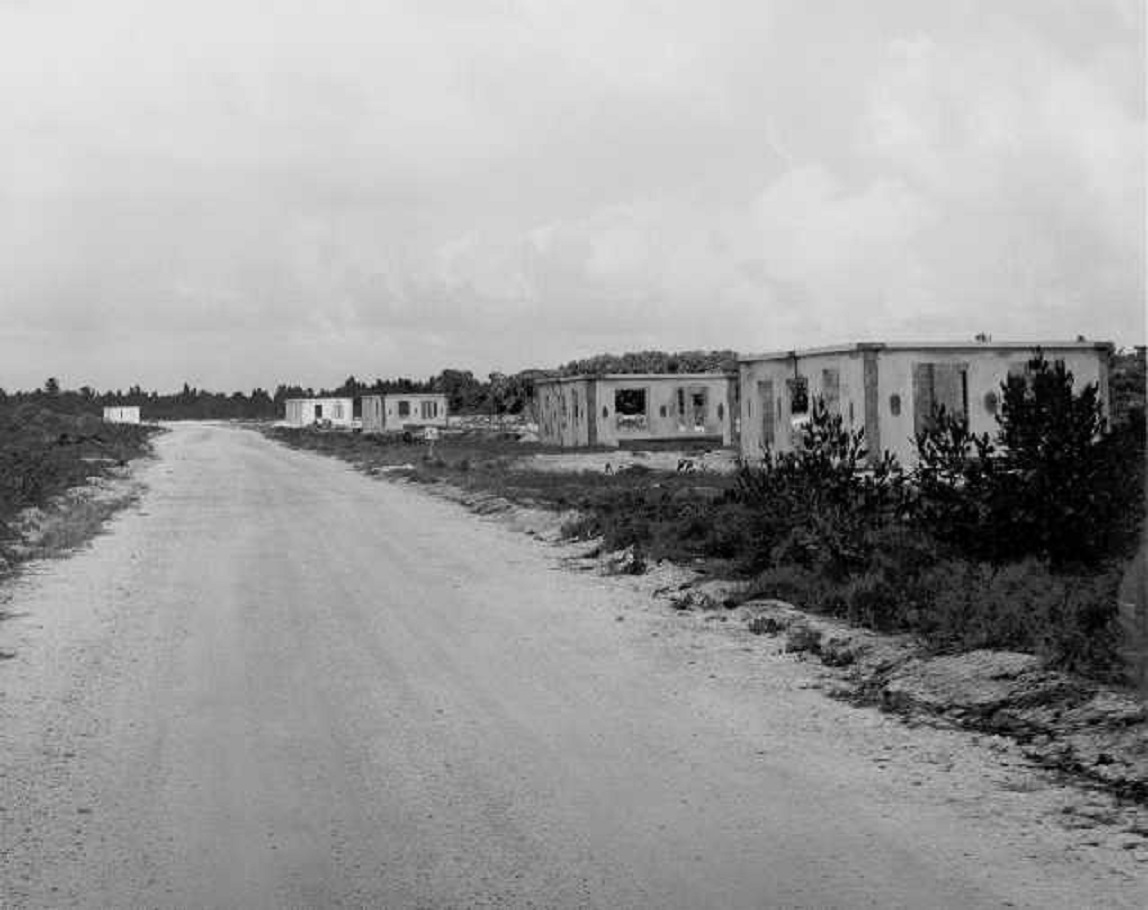 Trust Territory of the Pacific Islands Archives, Picryl
Trust Territory of the Pacific Islands Archives, Picryl
The Islanders
The original inhabitants of the Marshall Islands dispersed to other islands, and even the United States. As of March 2016, there were 5,400 islanders spread around other islands and countries.
But only 25 of those islanders were families of original inhabitants of Bikini Atoll. Most other original inhabitants had passed of radioactive illnesses.
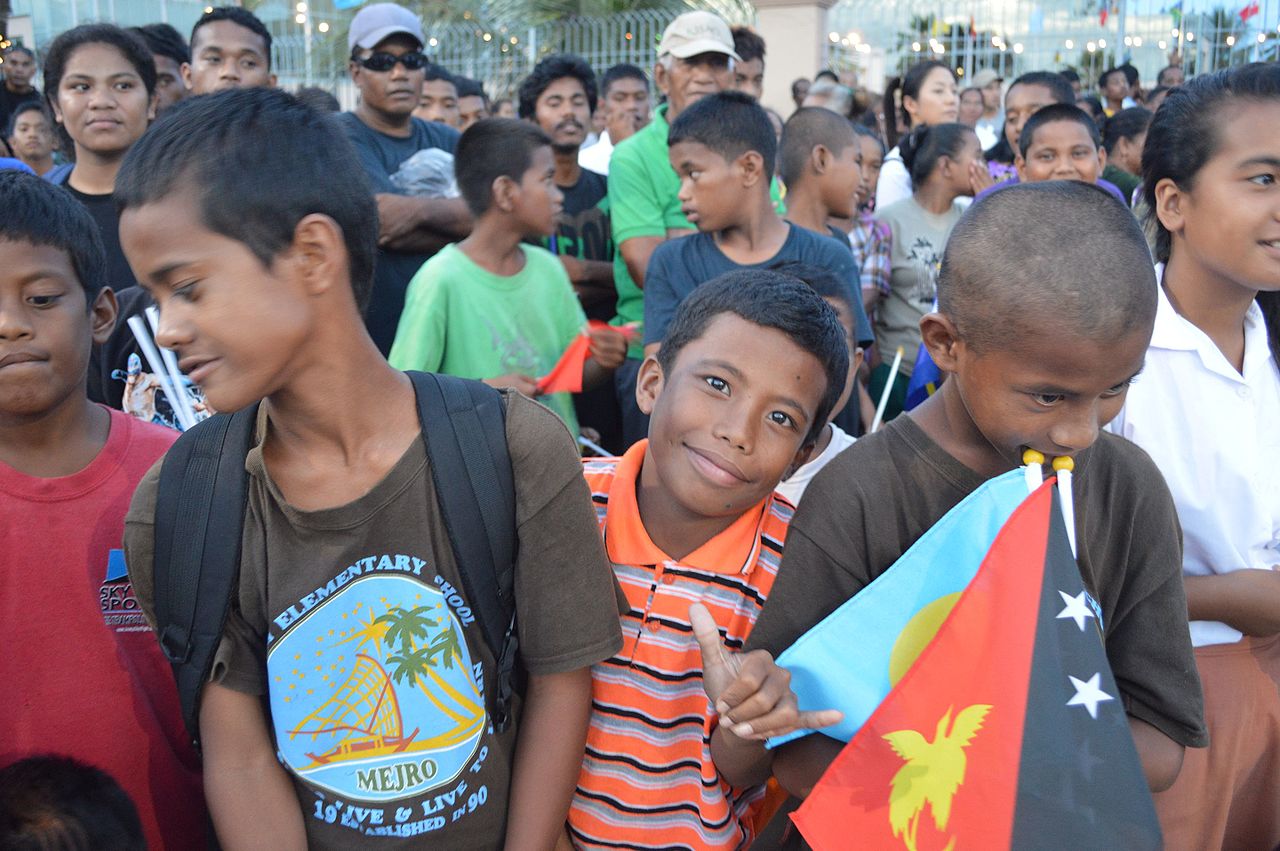 UN WOMEN Pacific, CC BY-SA 2.0, Wikimedia Commons
UN WOMEN Pacific, CC BY-SA 2.0, Wikimedia Commons
Kili Island
One of the islands where a lot of the population ended up was Kili Island, 450 miles away from Bikini Atoll. The island is extremely small and had no resources.
Islanders were given small bits of supplies from soldiers, and reassured once again that they were safe, but ultimately they required immense compensation in order to simply survive.
Kili Island Compensation
As of 2013, the tiny 0.36 square miles (0.93 km2) Kili Island supported about 600 residents who live in cinderblock houses.
They rely on the trust fund to supply them with safe food, and supplies. For example, each family receives one to two boxes of frozen chicken, two to four 51-lb (23 kilogram) bags of flour, and two to four bags of rice 2 to 3 times per year.
 Trust Territory of the Pacific Islands, Wikimedia Commons
Trust Territory of the Pacific Islands, Wikimedia Commons
Bikini Atoll Today
Today, the population of Bikini Atoll is a mere 4-6 people, and they serve as caretakers of the island. The atoll is occasionally visited today by divers and a few scientists, but it is not recommended.
Residual radioactivity remains today at Bikini Atoll, and is said to be unsafe for human resettlement.
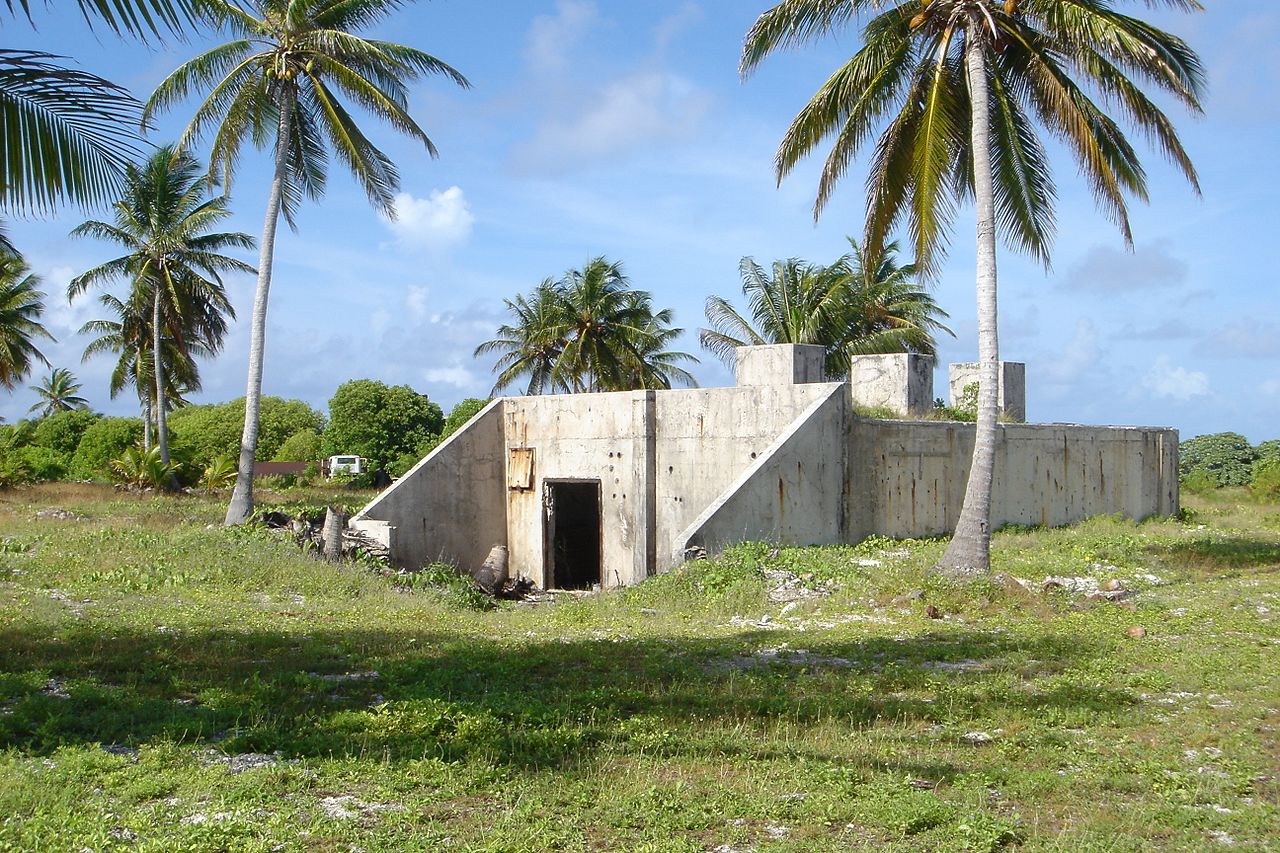 Ron Van Oers, CC BY-SA 3.0 IGO, Wikimedia Commons
Ron Van Oers, CC BY-SA 3.0 IGO, Wikimedia Commons
Edward Maddison
One of the handful of caretakers was named Edward Maddison. His grandfather was one of the original residents that was relocated in 1947.
Maddison lived on the radioactive island for 35 years. He helped the U.S. Department of Energy with soil monitoring, testing cleanup methods, mapping the wrecks in the lagoon, and accompanying visitors on dives.
He passed in March of 2020 in Majuro, Marshall Islands, after a series of heart attacks.
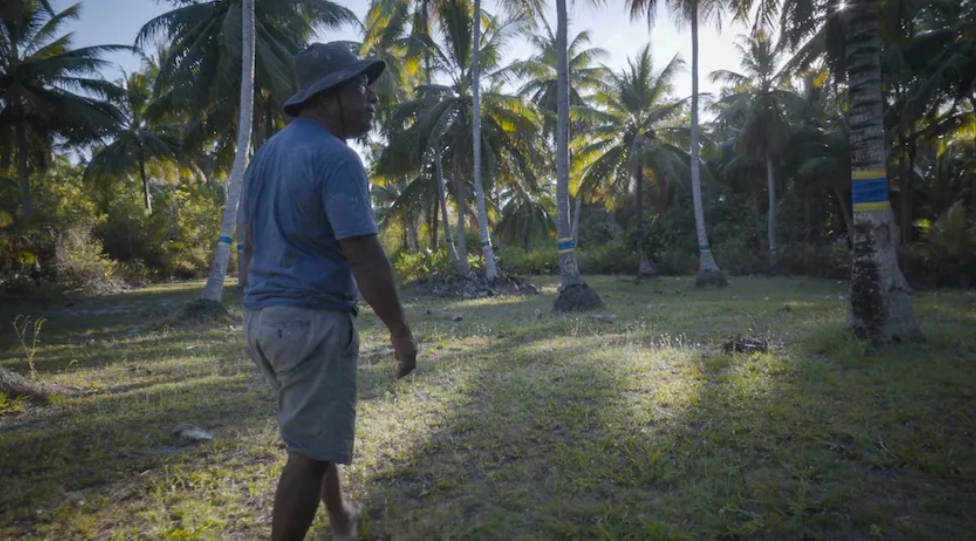 Steve Holloway, Seven Seas Media
Steve Holloway, Seven Seas Media
World Heritage Site
Because the site bears direct tangible evidence of the nuclear tests conducted there, UNESCO determined that the atoll symbolizes “the dawn of the nuclear age” and named it a World Heritage Site on August 3rd, 2010.
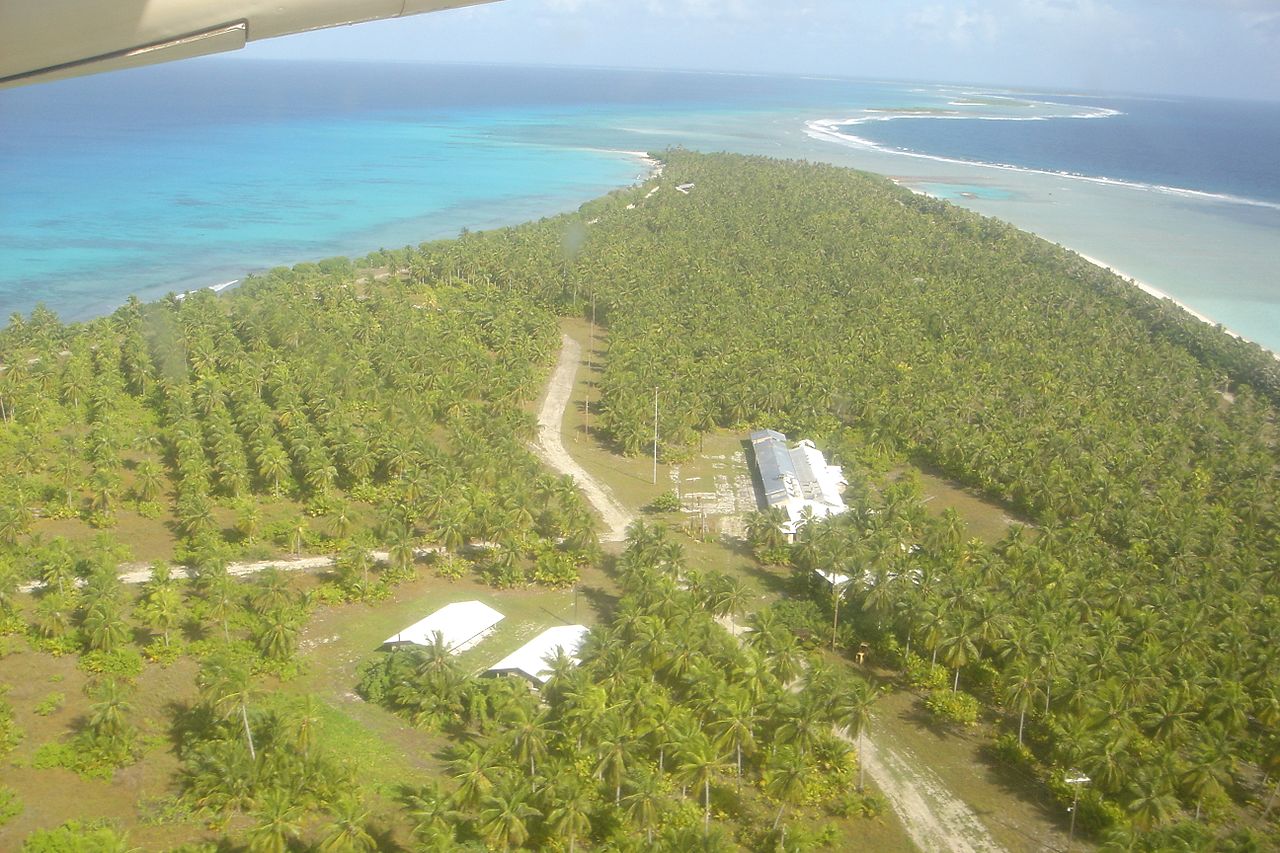 Ron Van Oers, CC BY-SA 3.0 IGO, Wikimedia Commons
Ron Van Oers, CC BY-SA 3.0 IGO, Wikimedia Commons
Visitor Access
Although no one is permitted to live on Bikini Atoll, it is open to visitors—with strict measures.
Visitors must be aboard vessels that are completely self-sufficient, and they must first get official approval to navigate the area.
In addition, they must also pay for a diver and two local government council representatives to go with them, and are not permitted to remove artifacts from the wrecks in the lagoon.
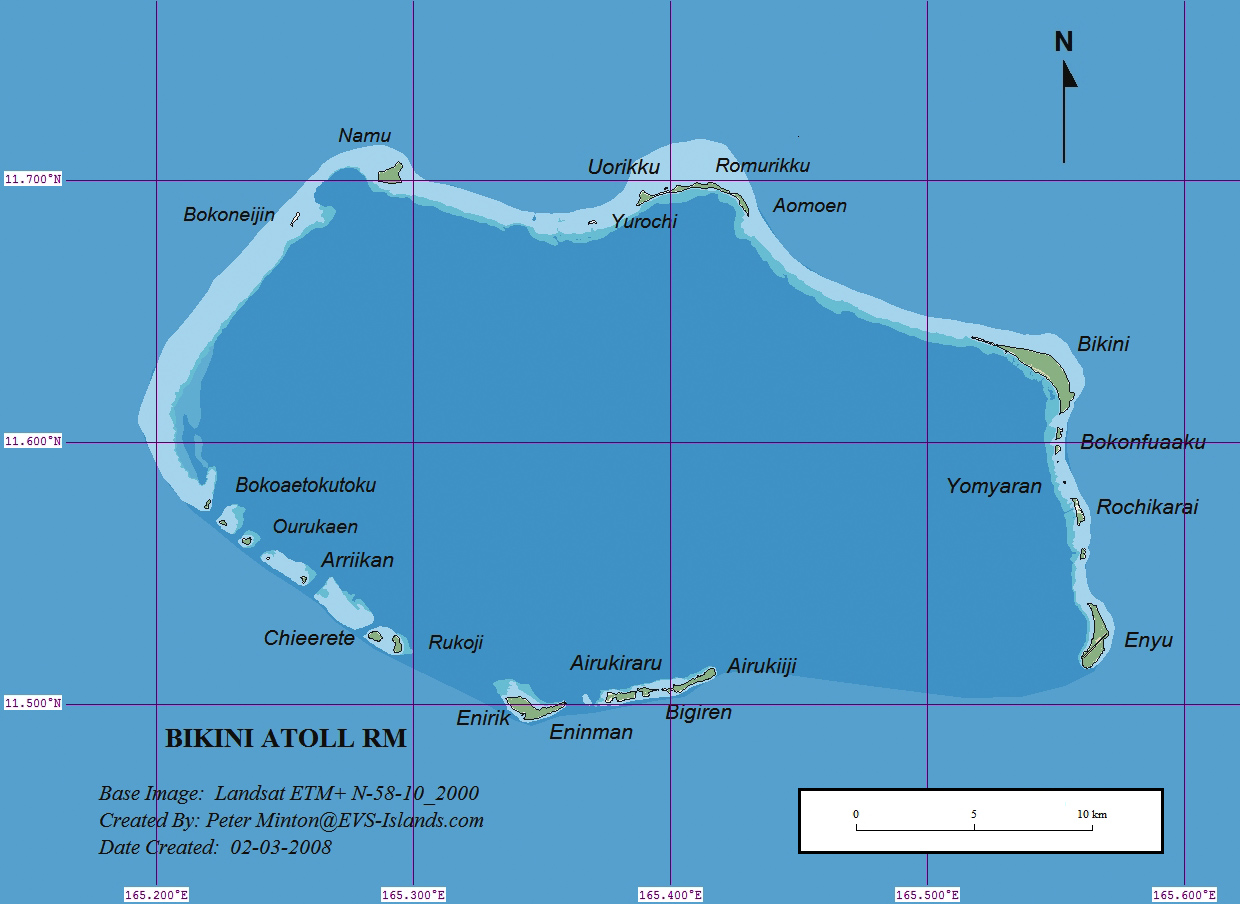 Peter Minton, CC BY 2.0, Wikimedia Commons
Peter Minton, CC BY 2.0, Wikimedia Commons
Final Thoughts
The dark history of Bikini Atoll remains as a stark reminder of the affects of nuclear blasting.
The residents of the island will forever be displaced, and compensation will never be enough to rebuild the life that existed before.
All that remains on Bikini Atoll today are old cement bunkers and small housing for divers and caretakers—who choose to visit the island knowing the risks.

